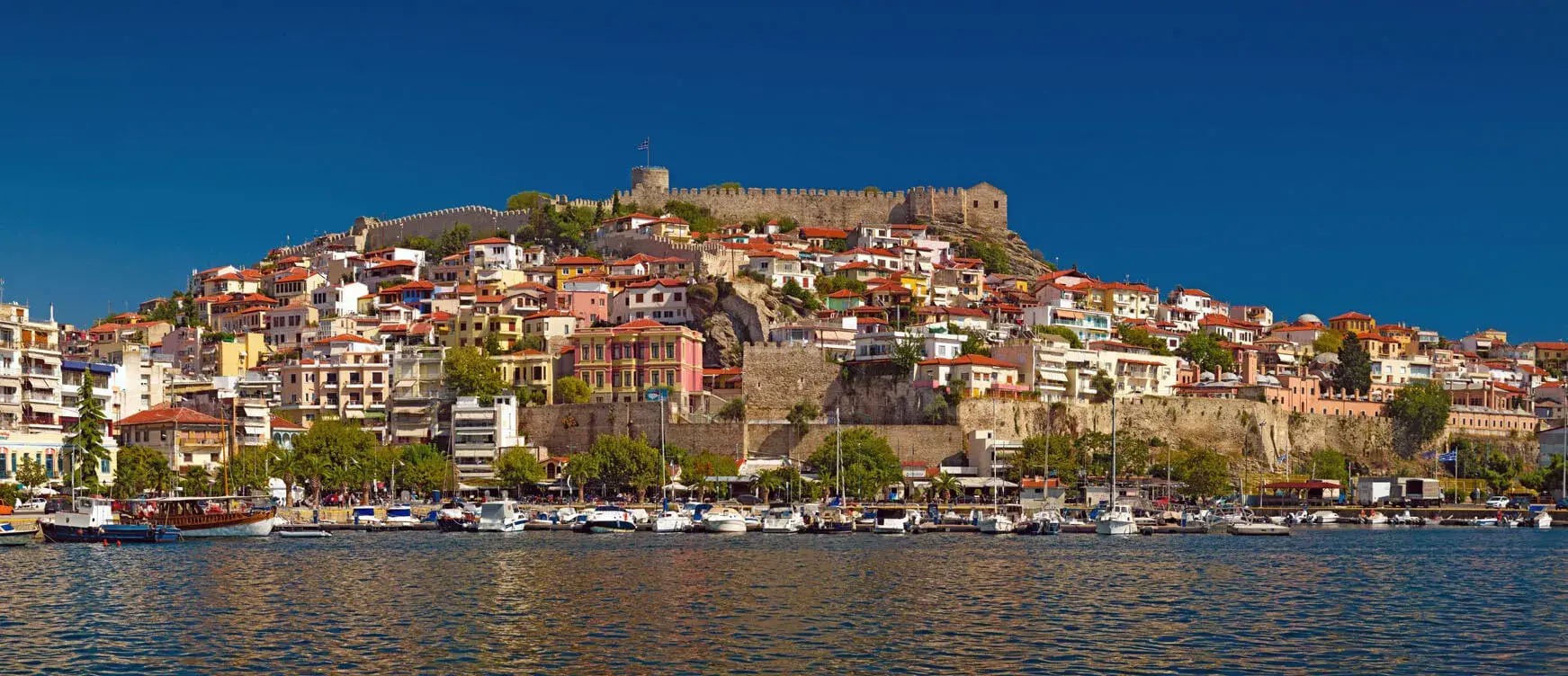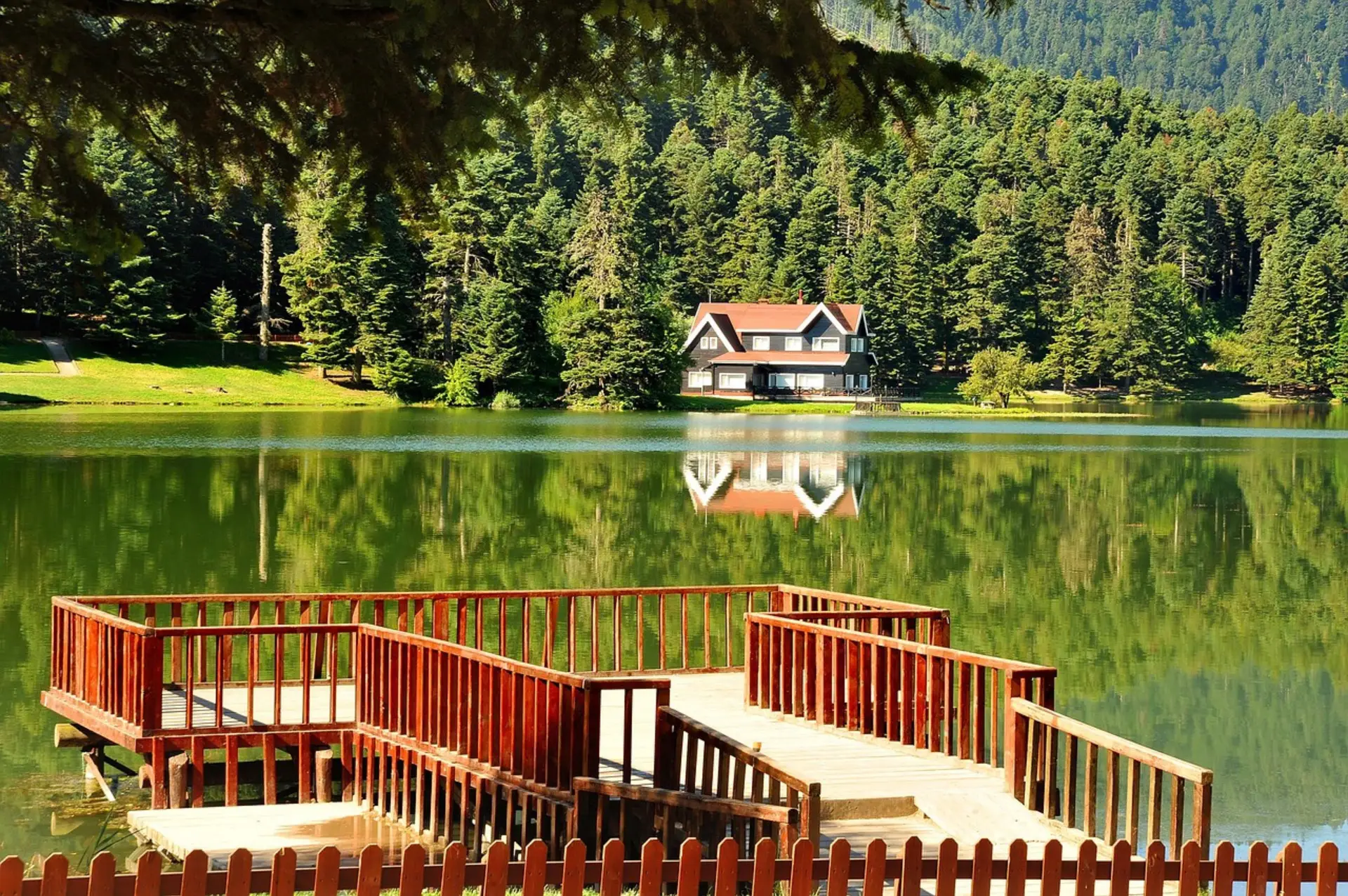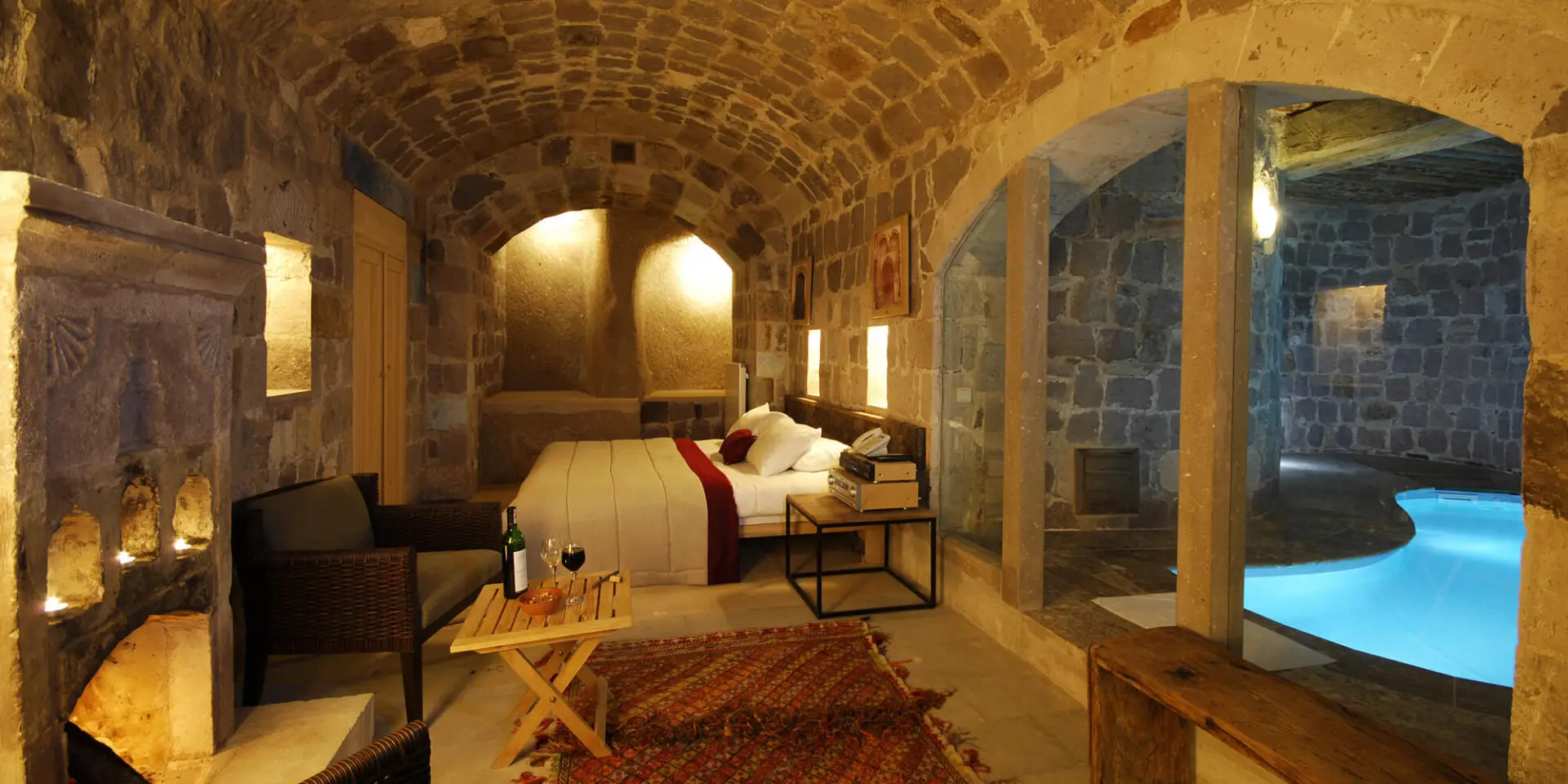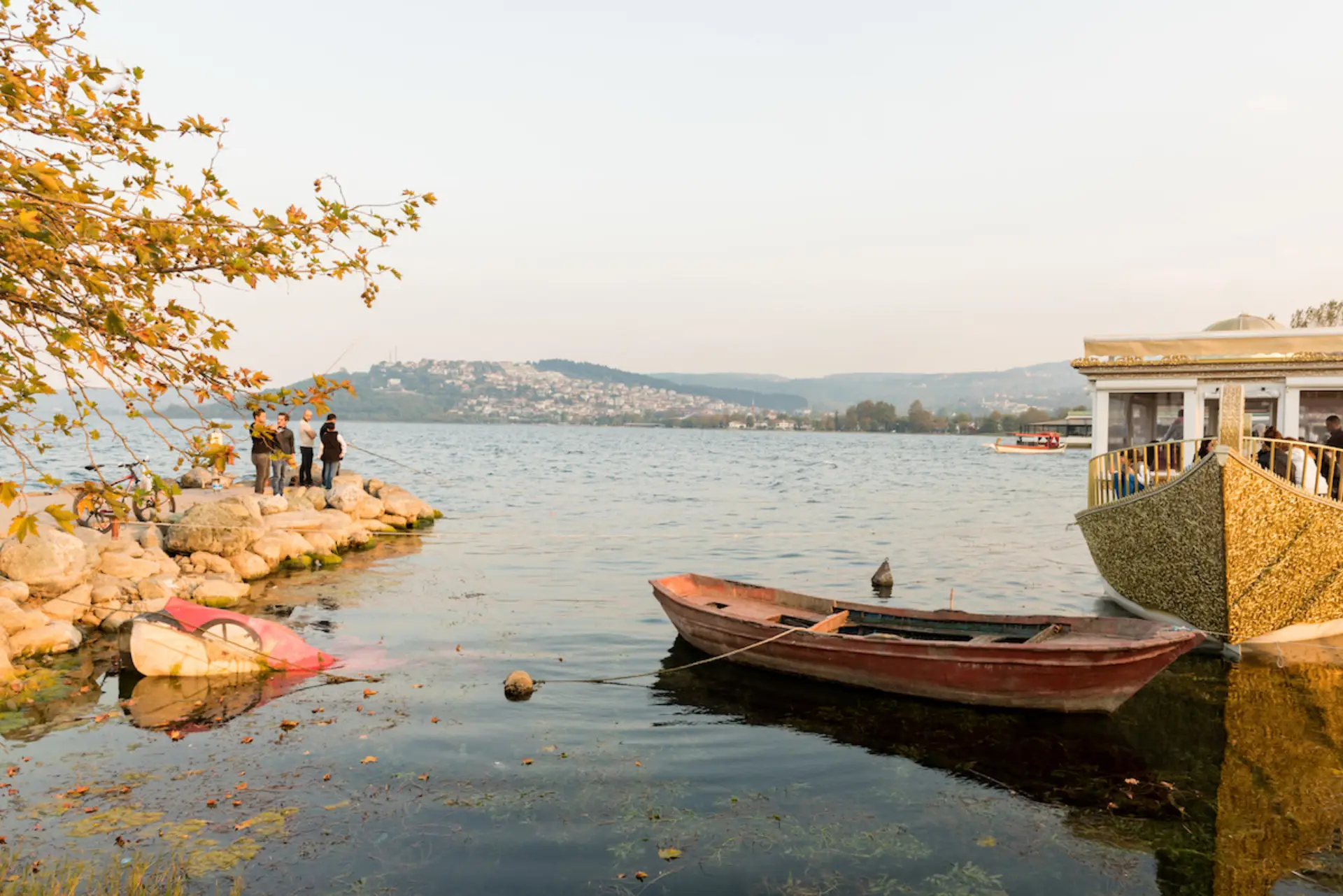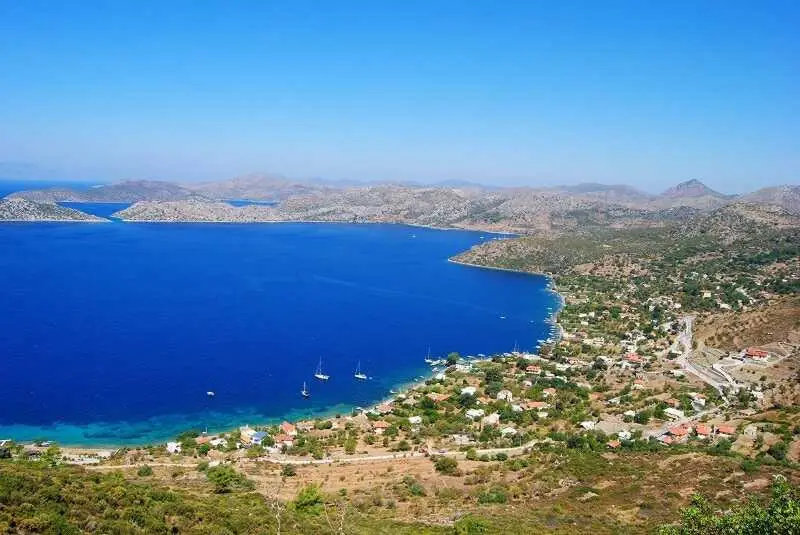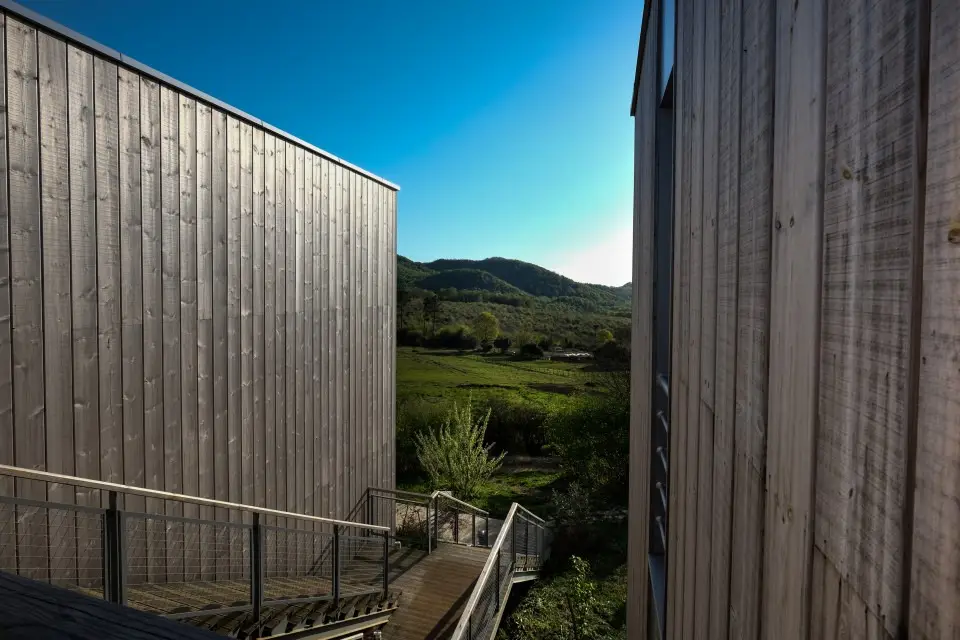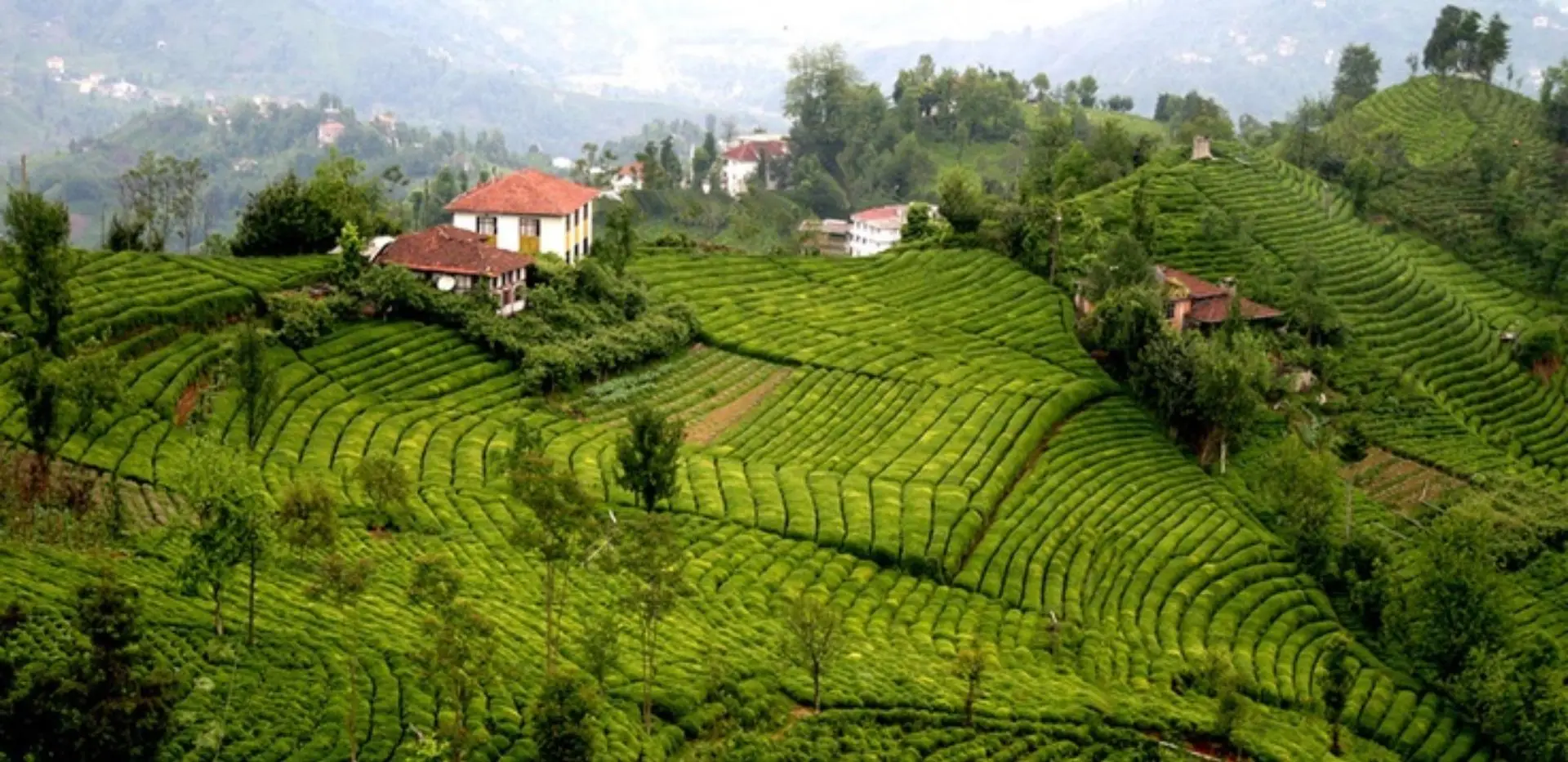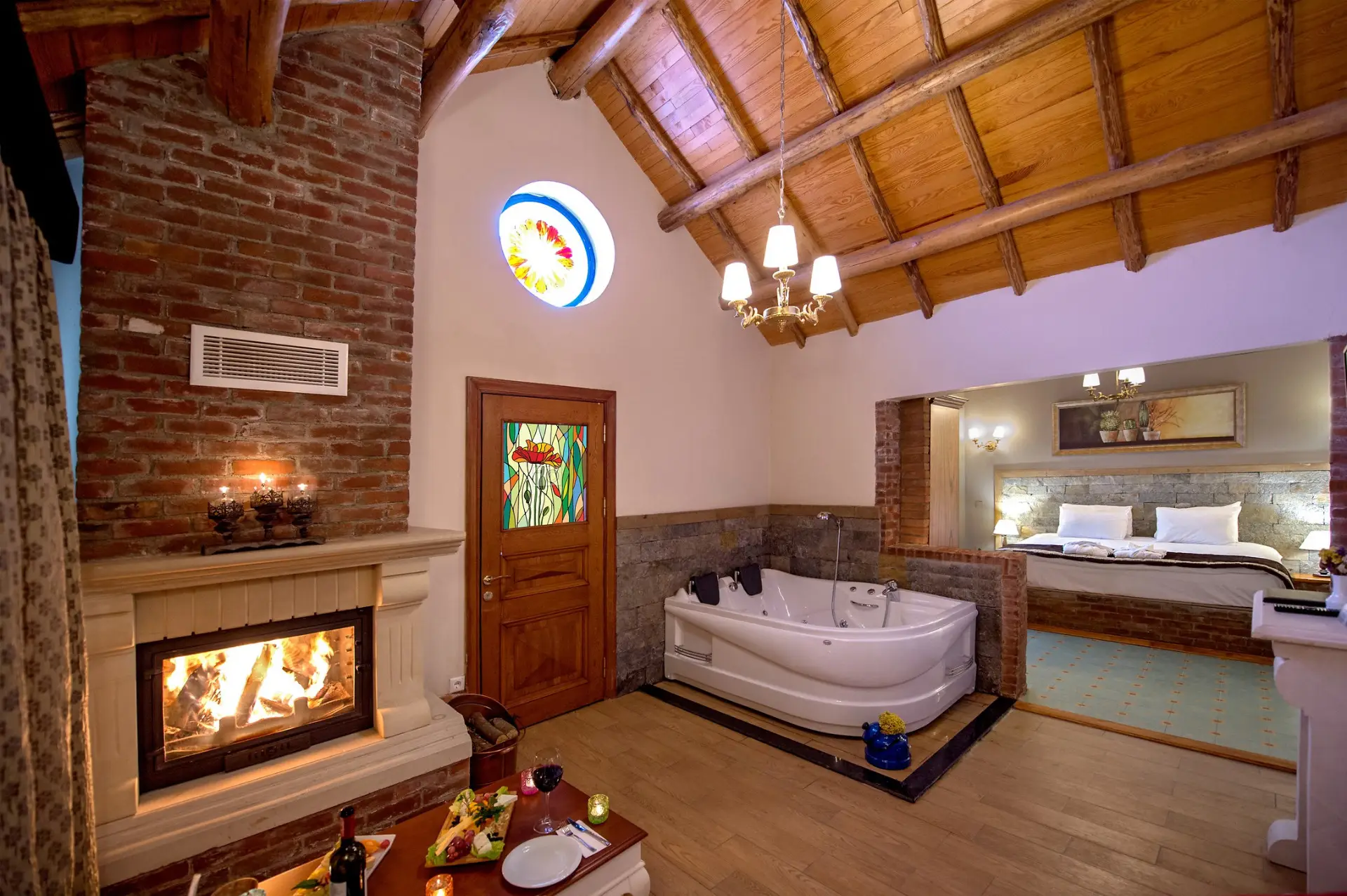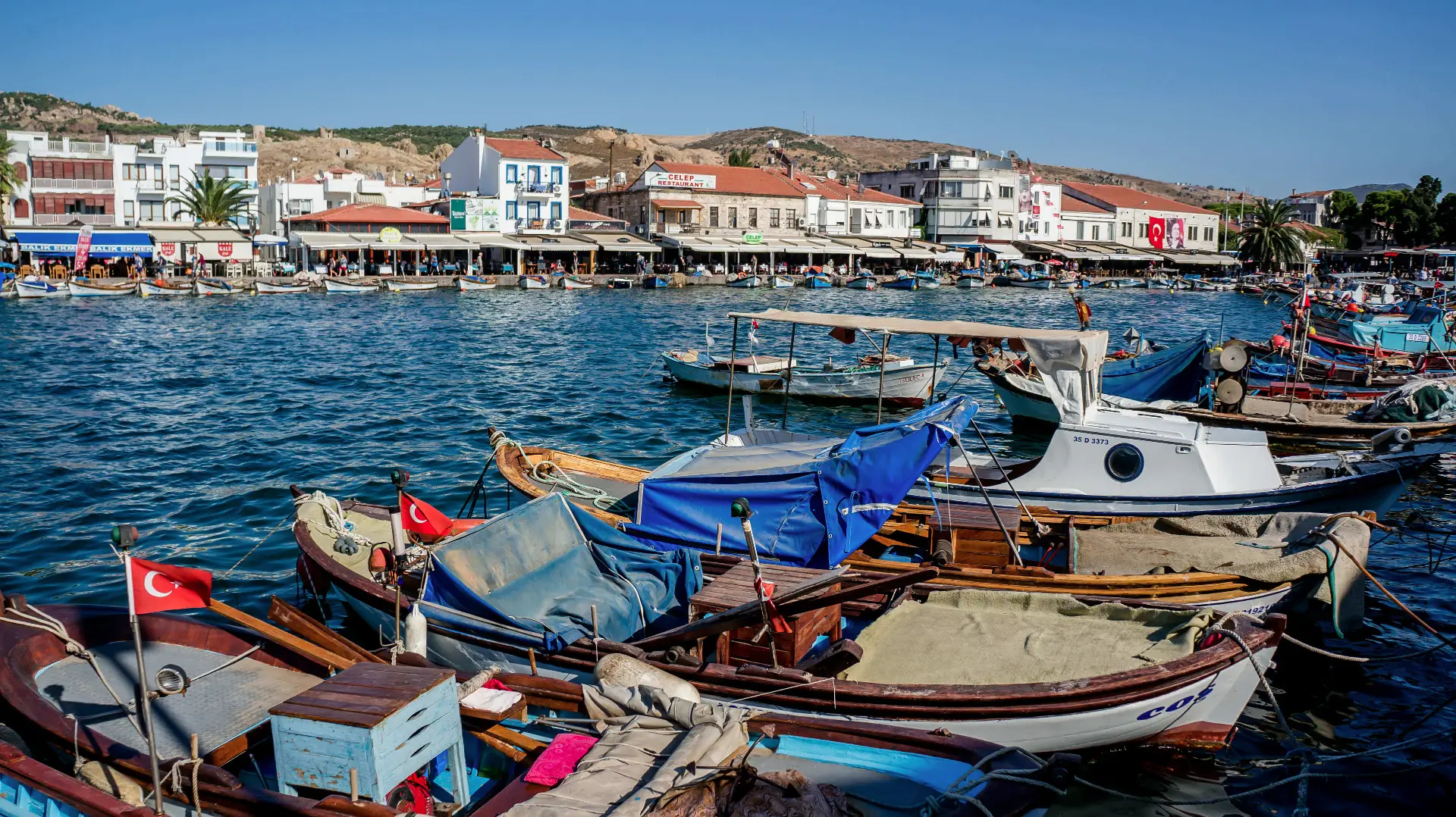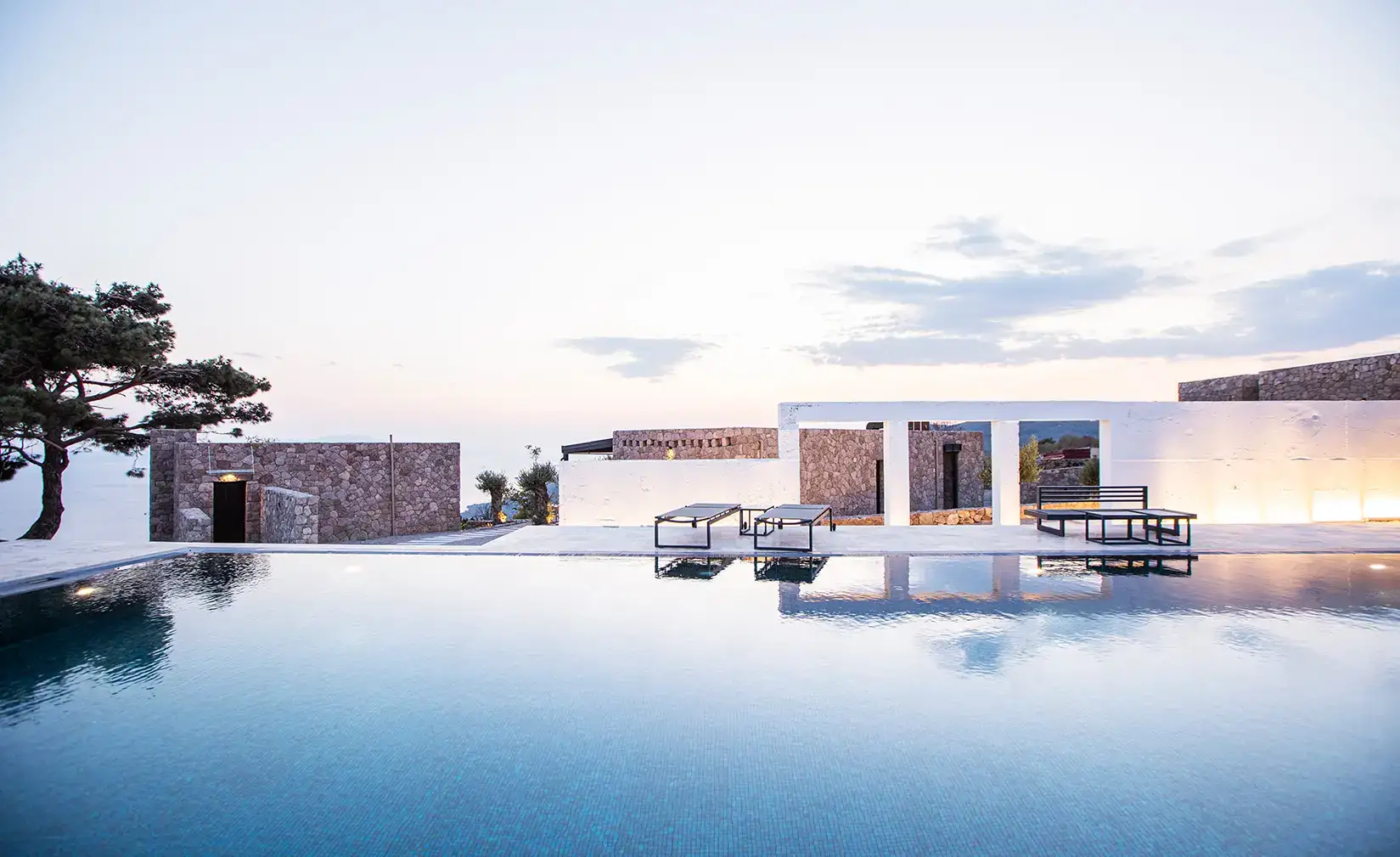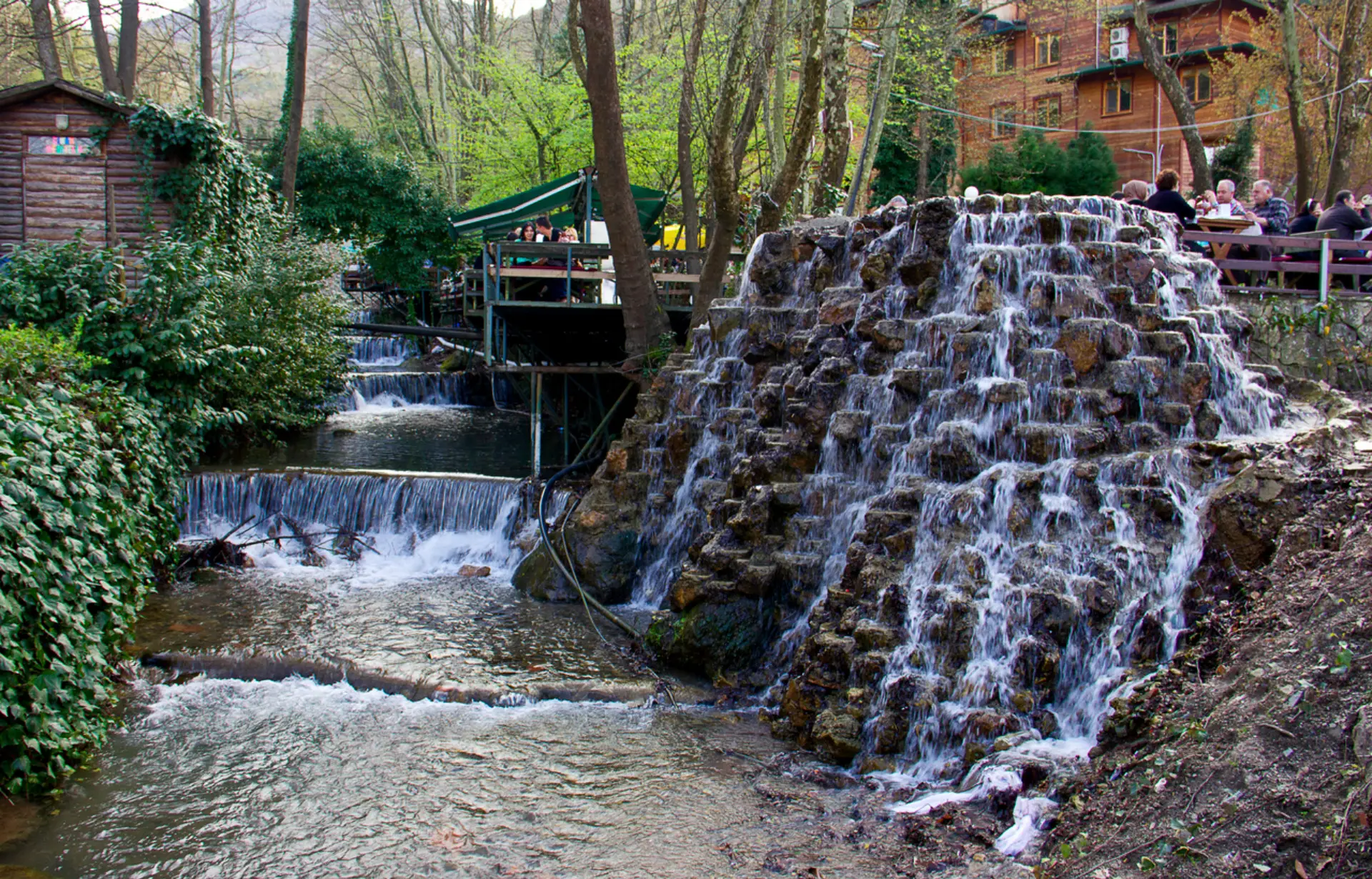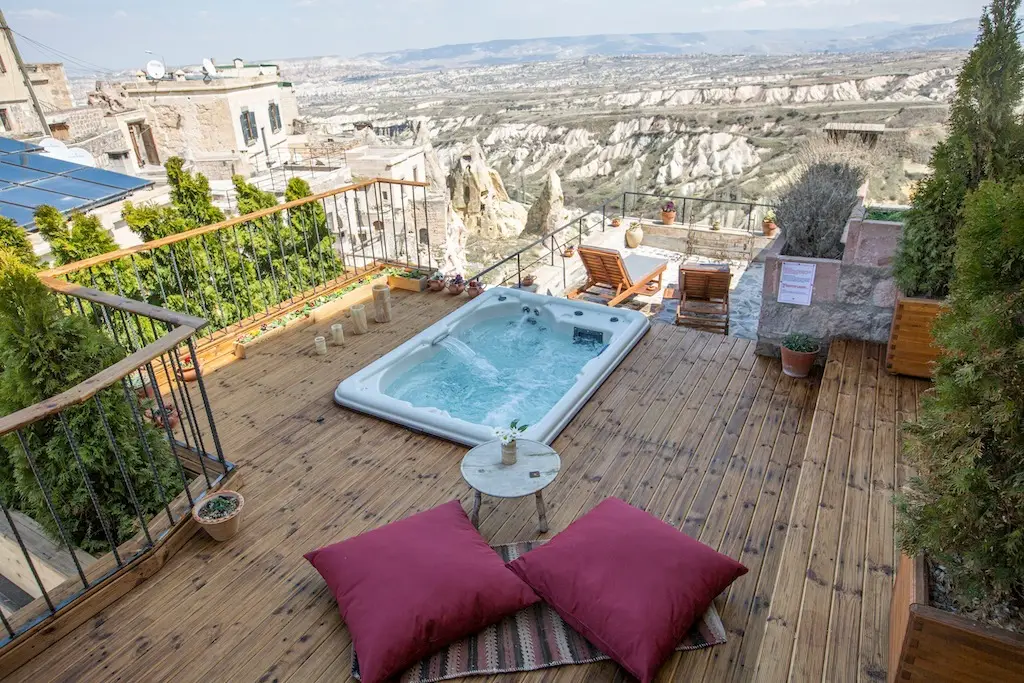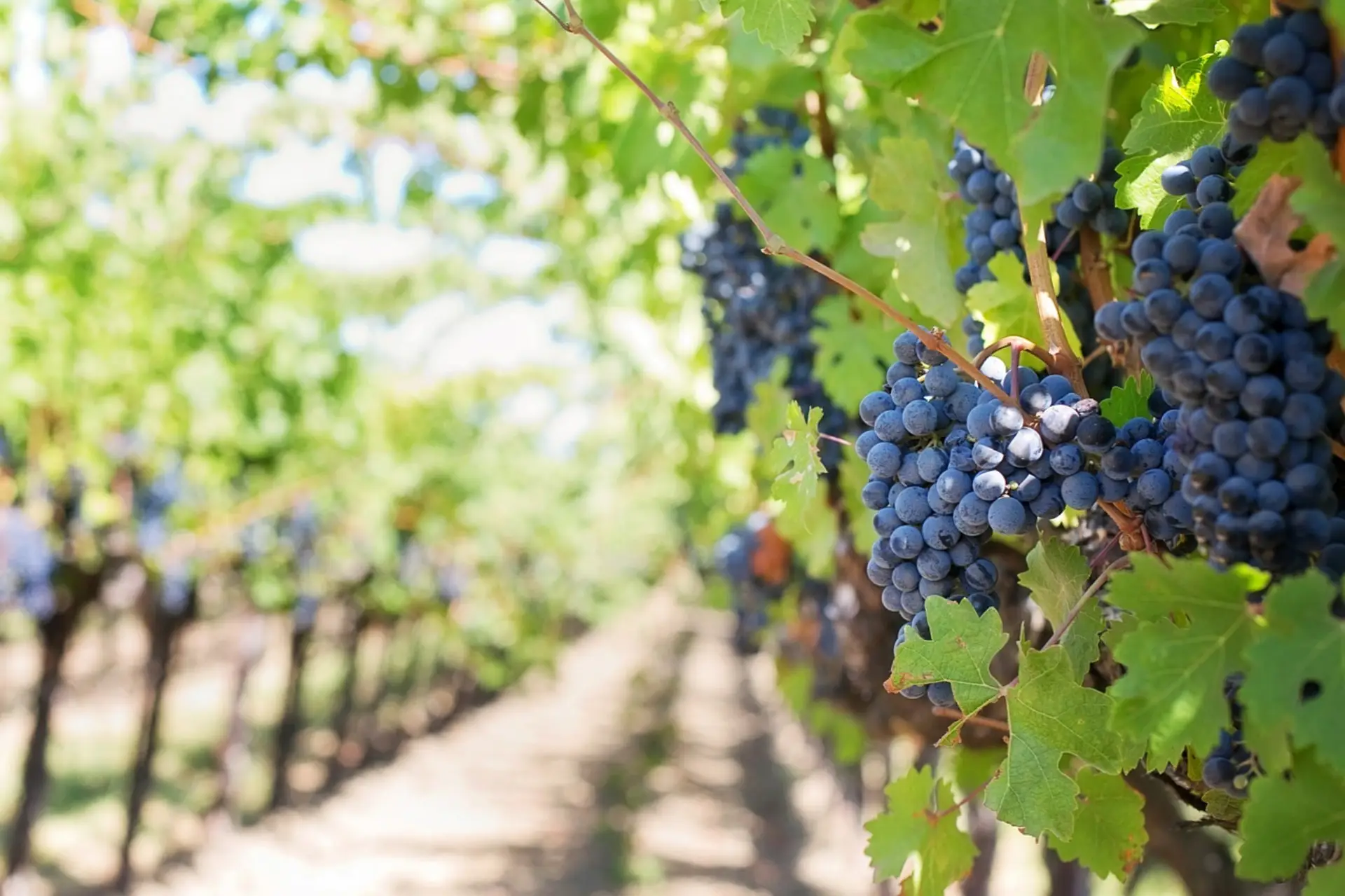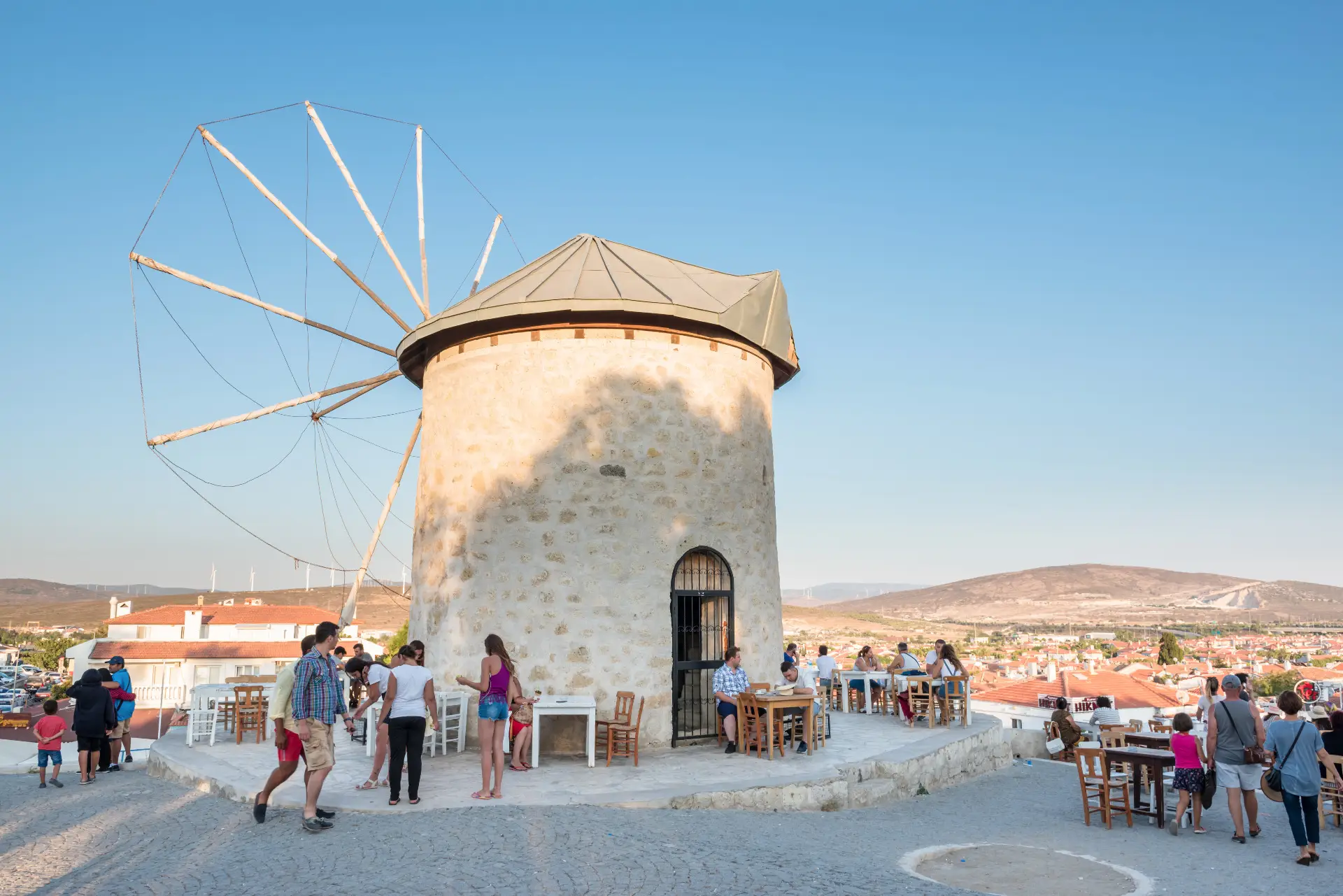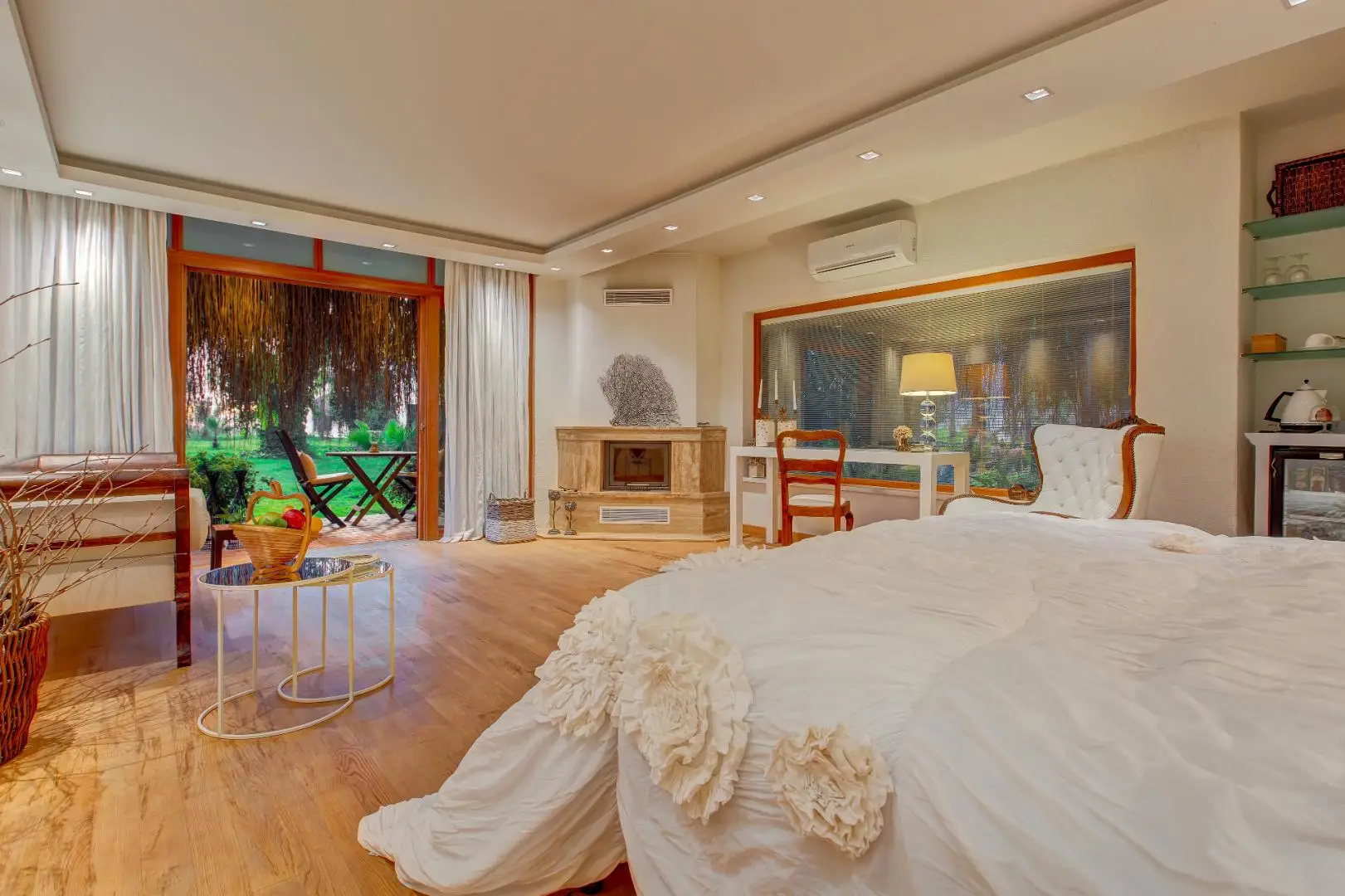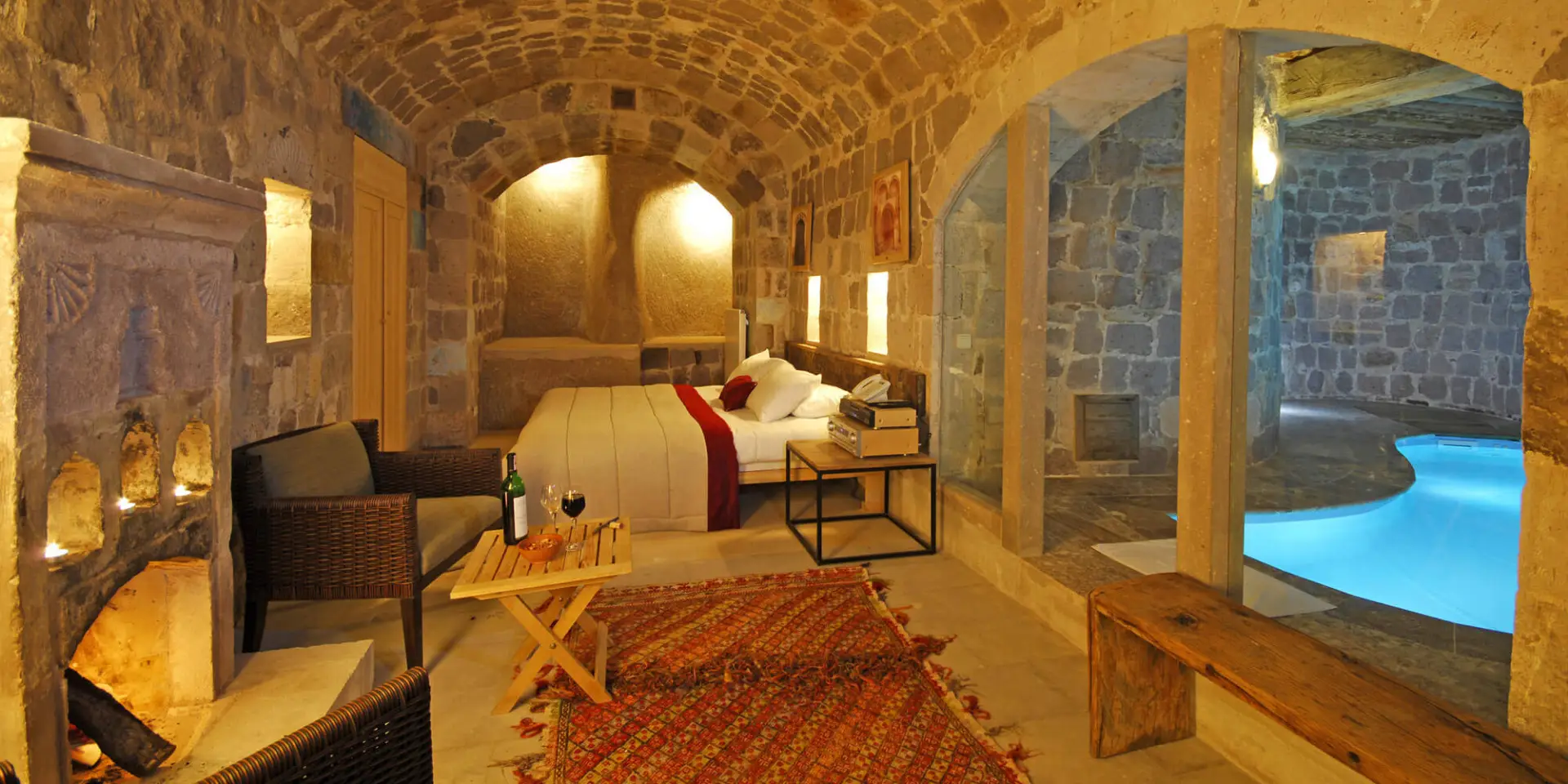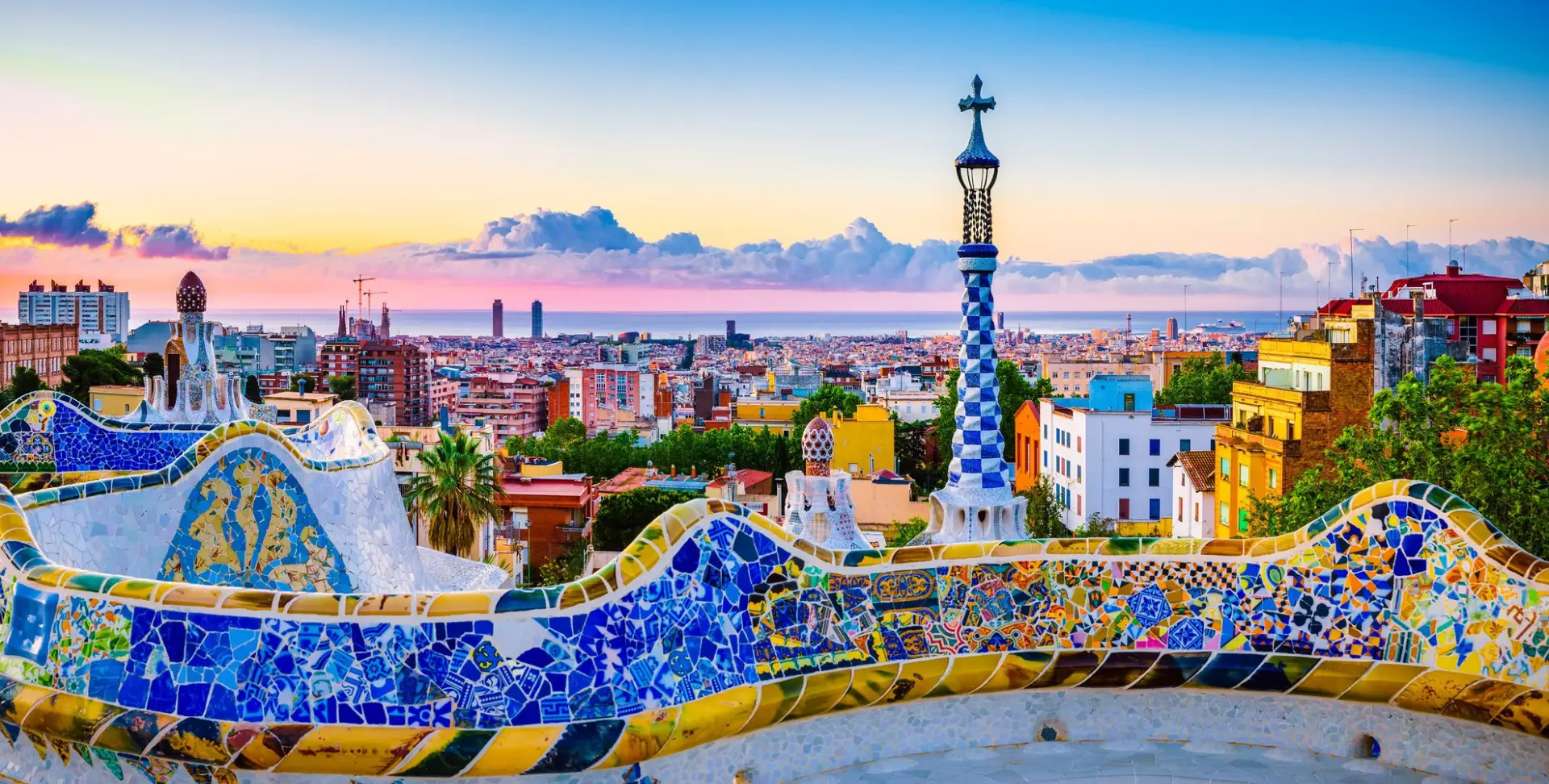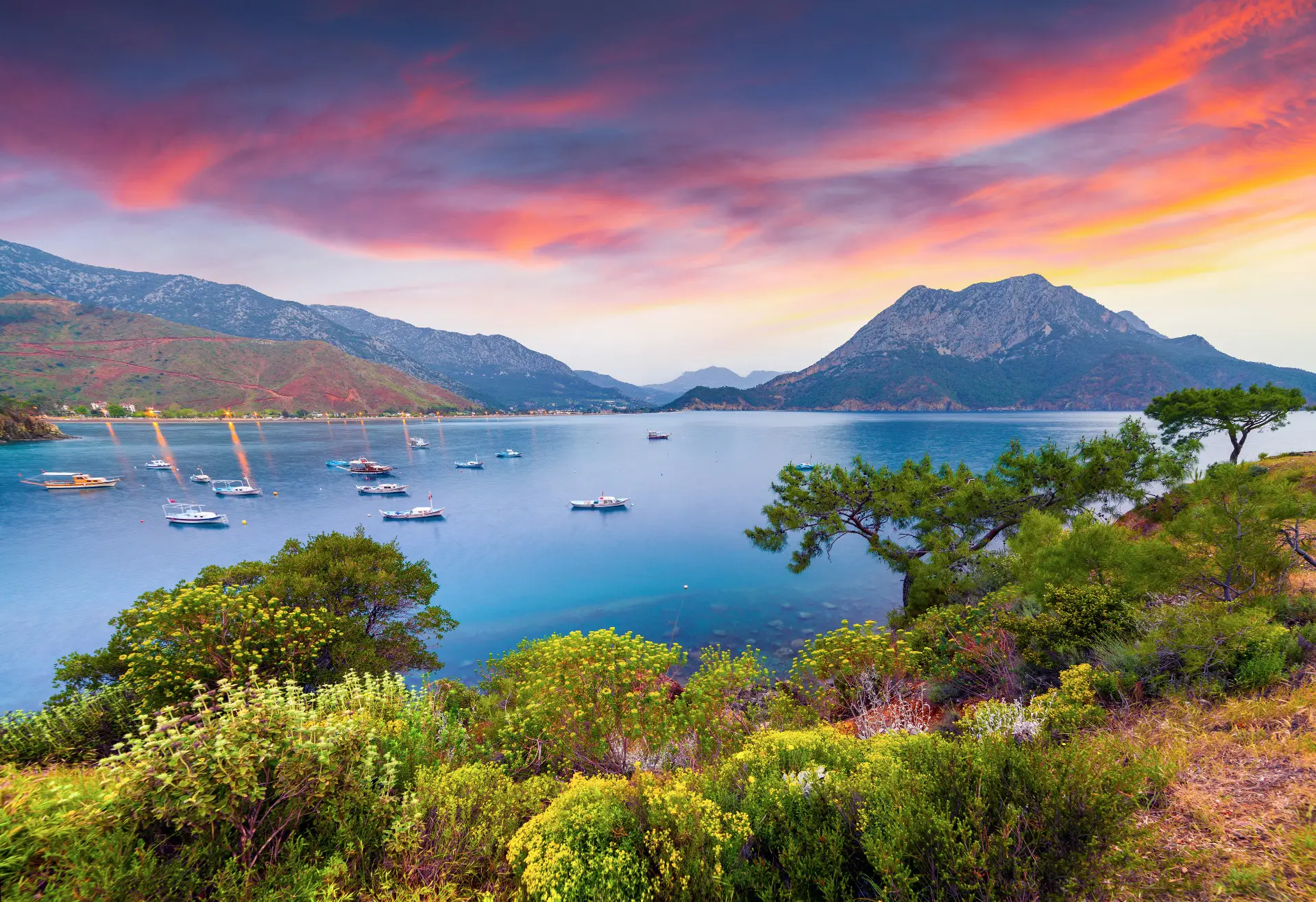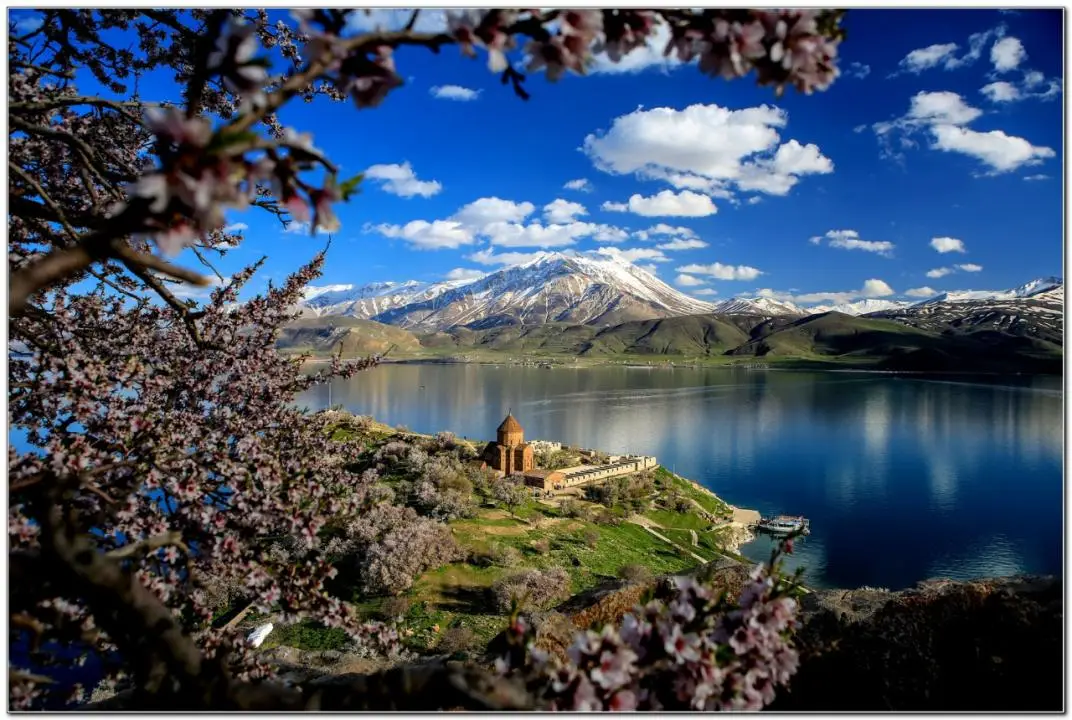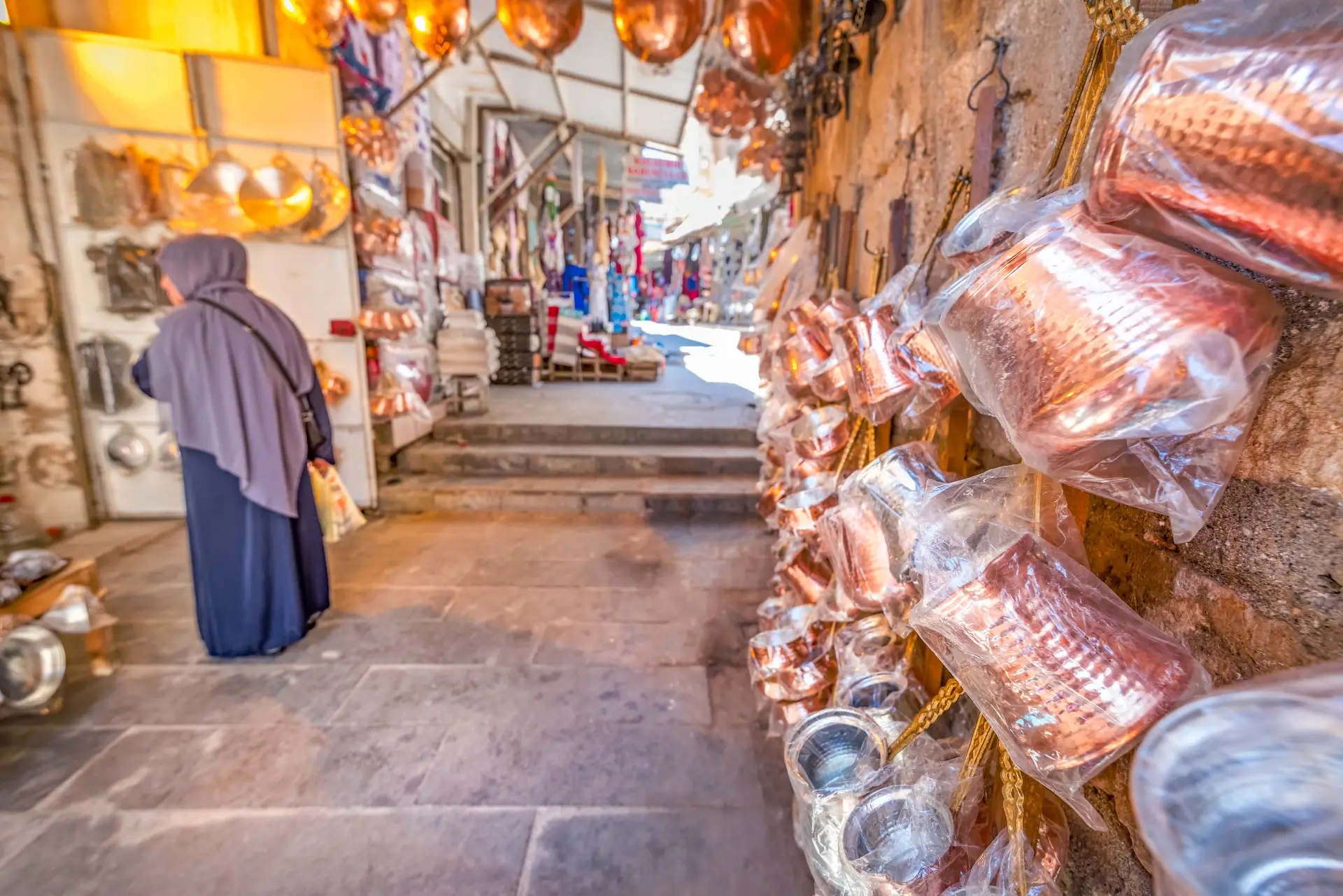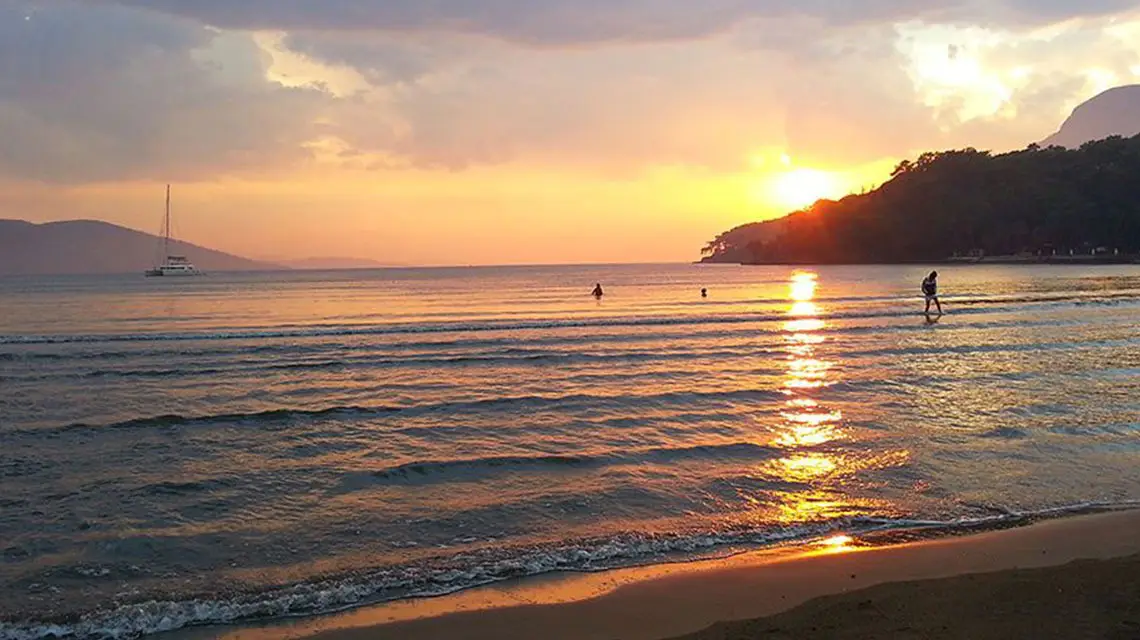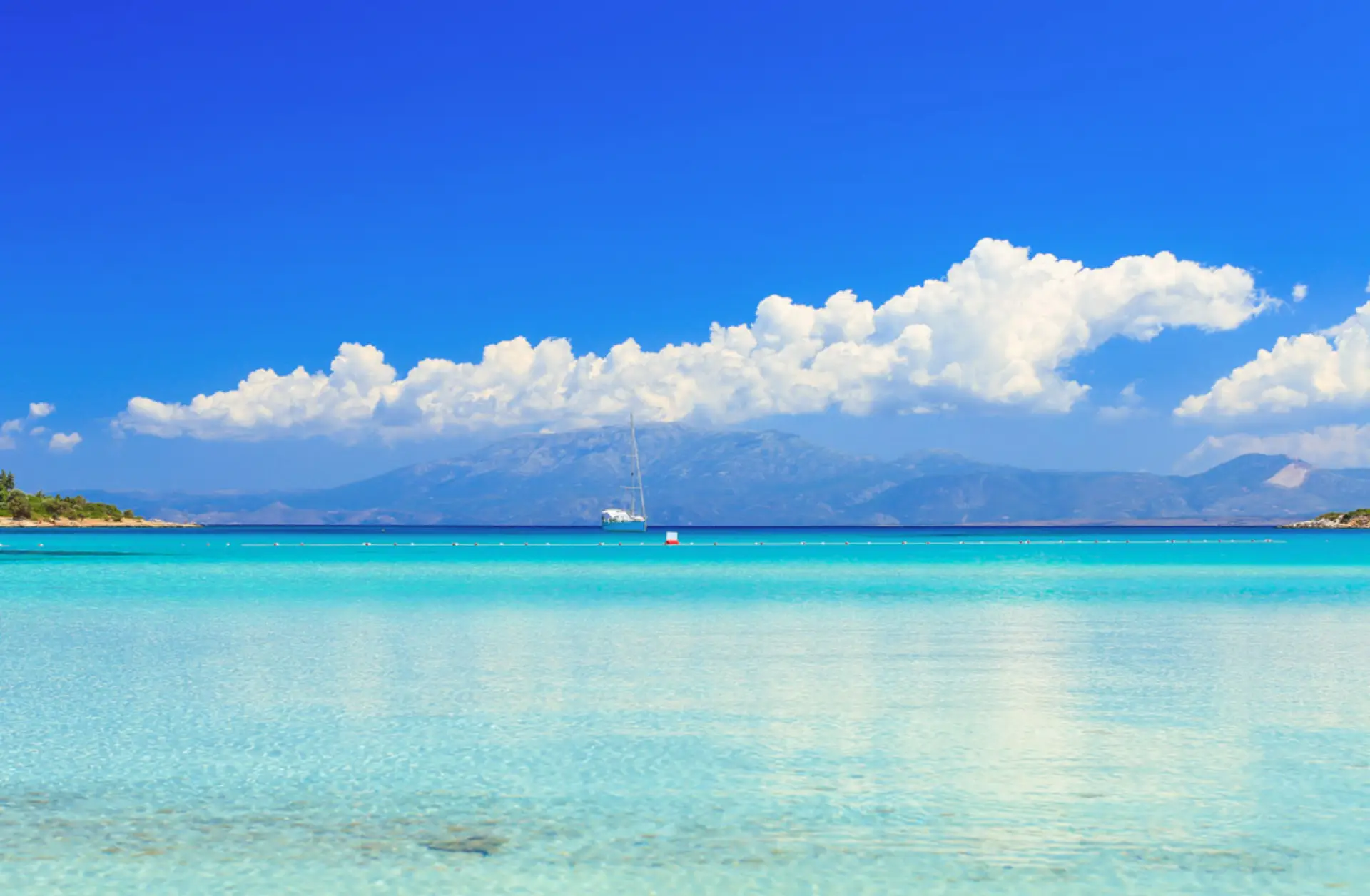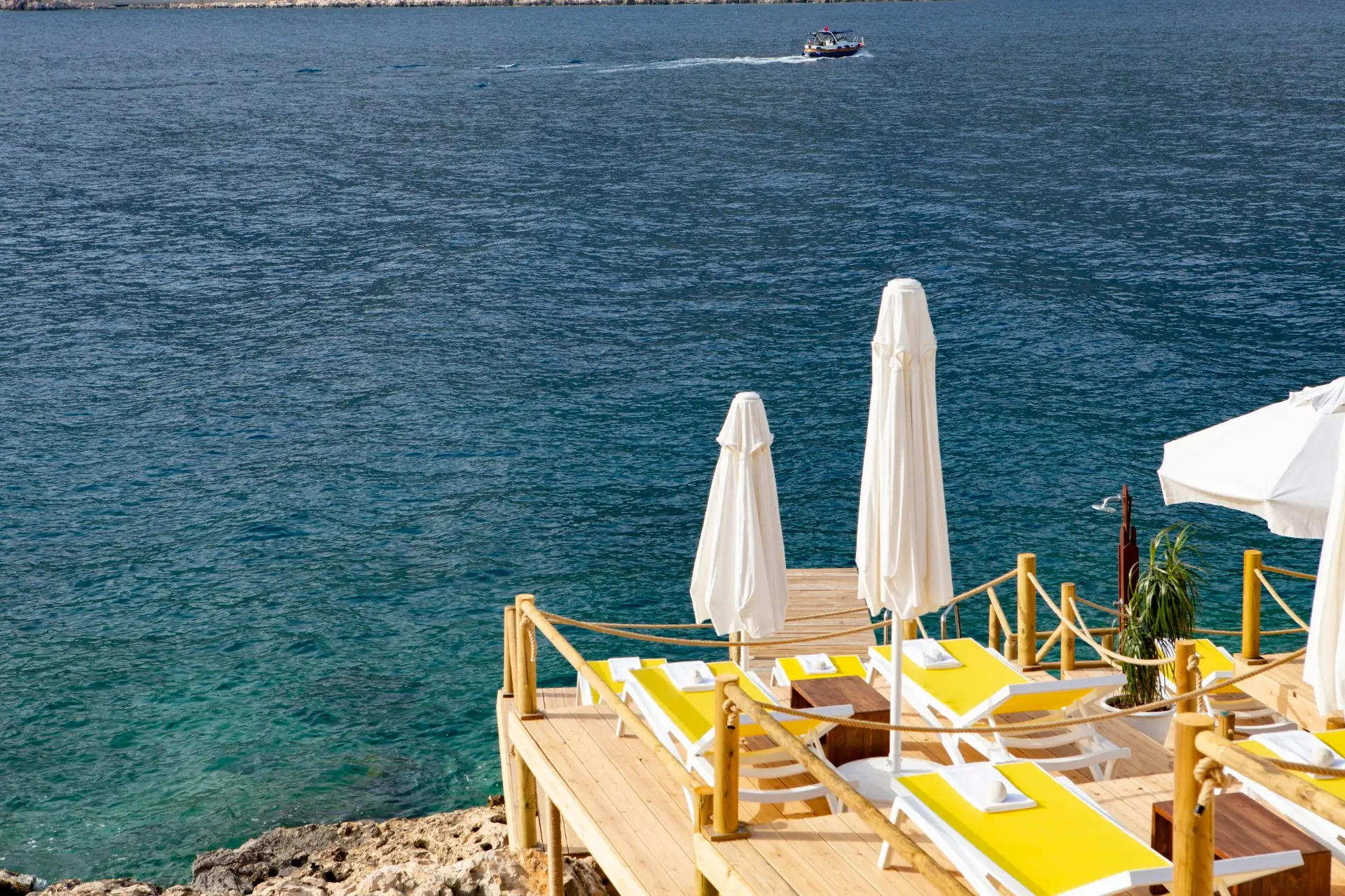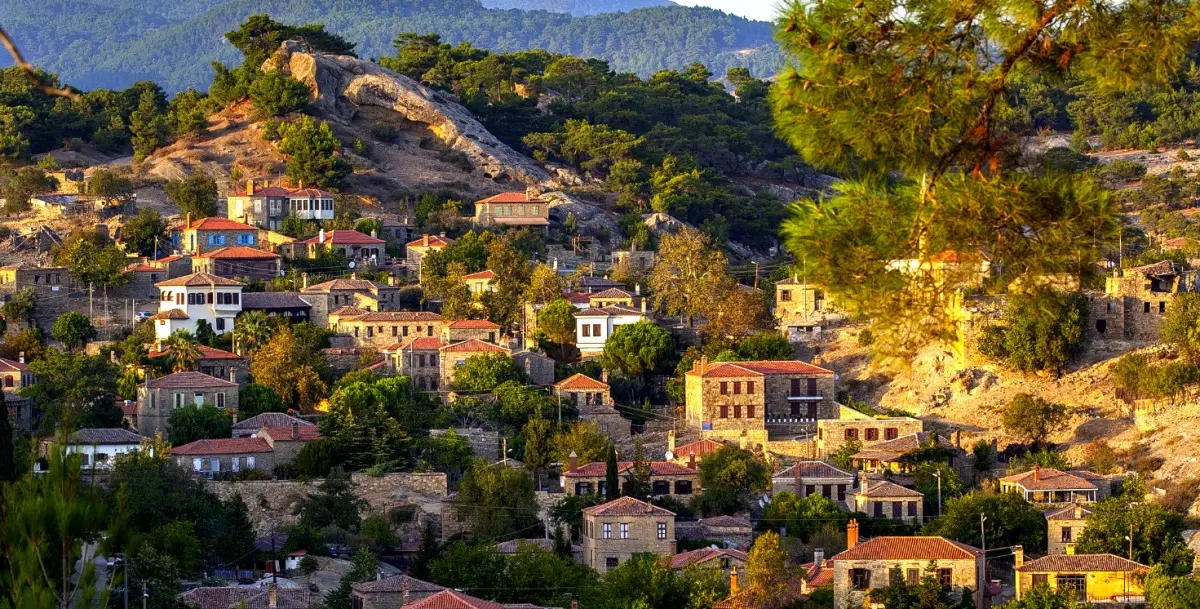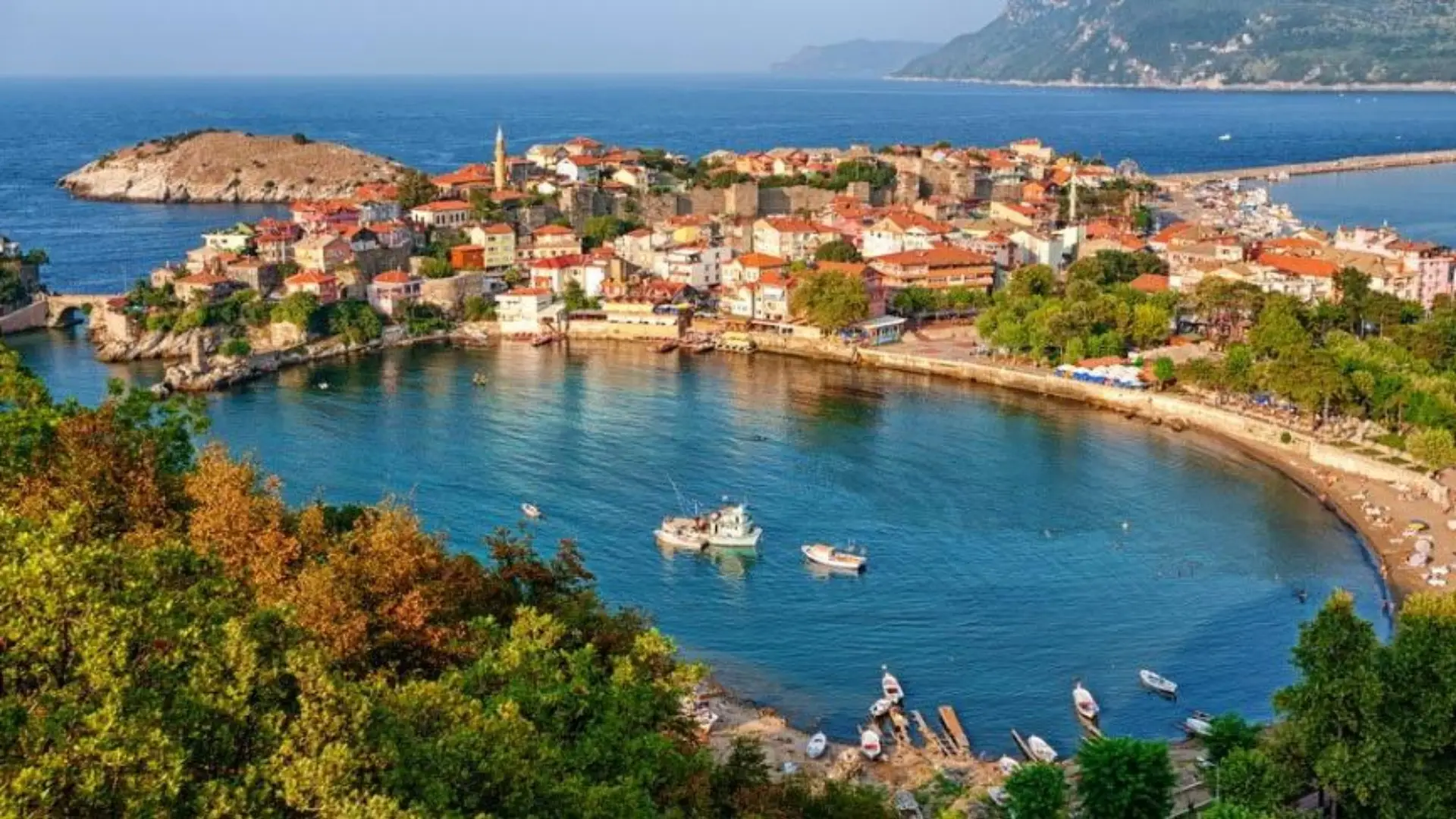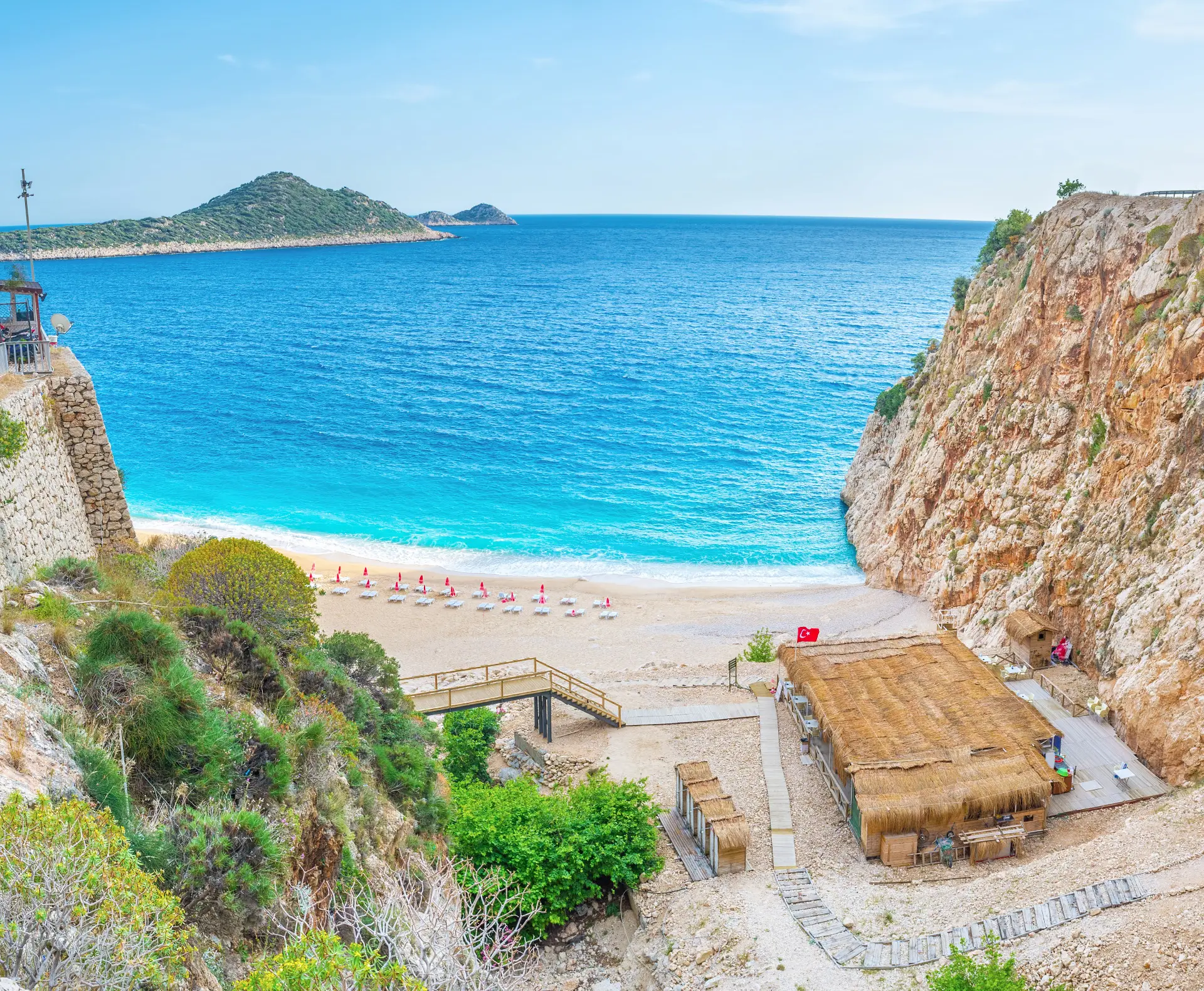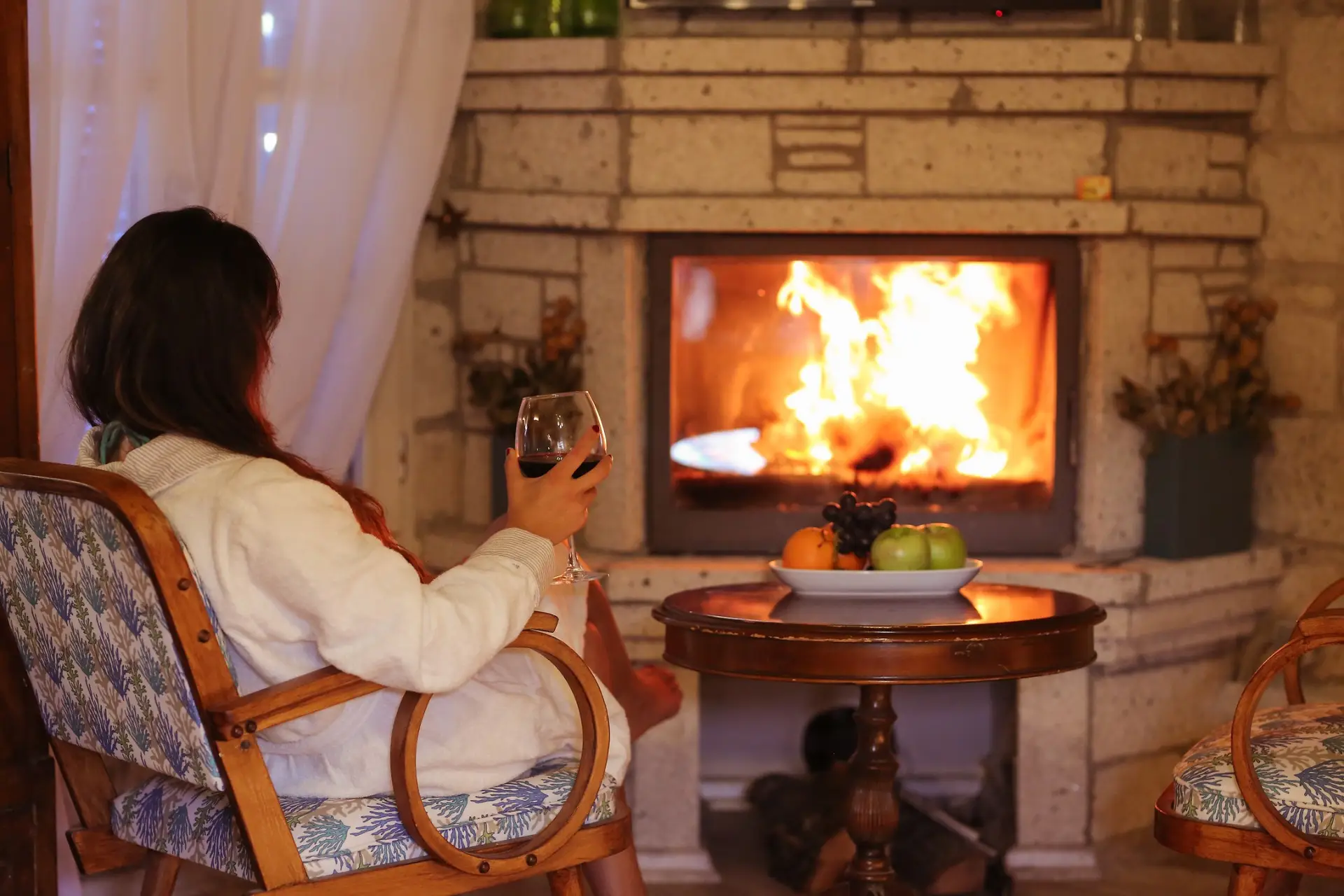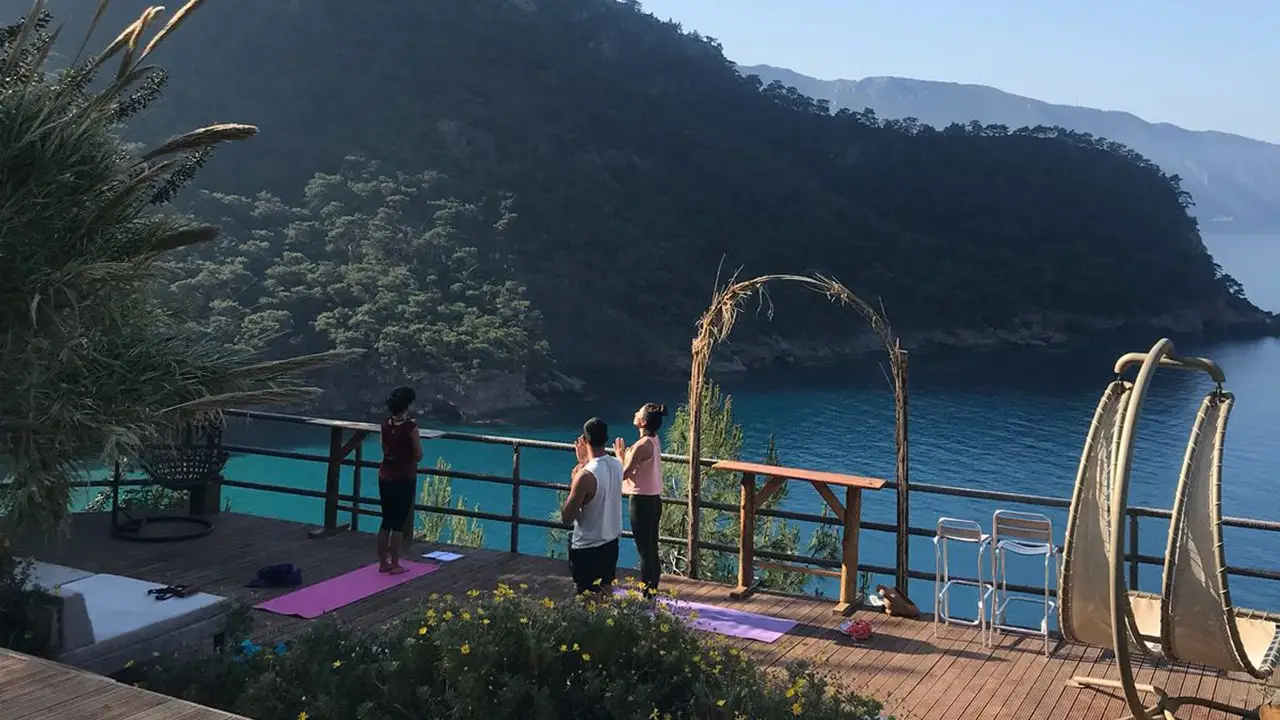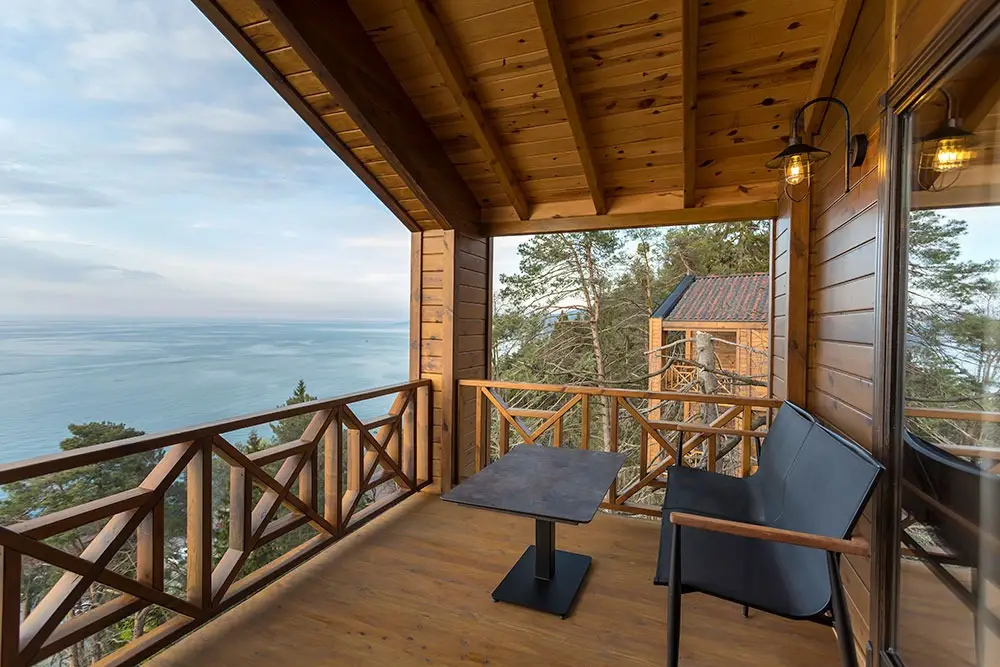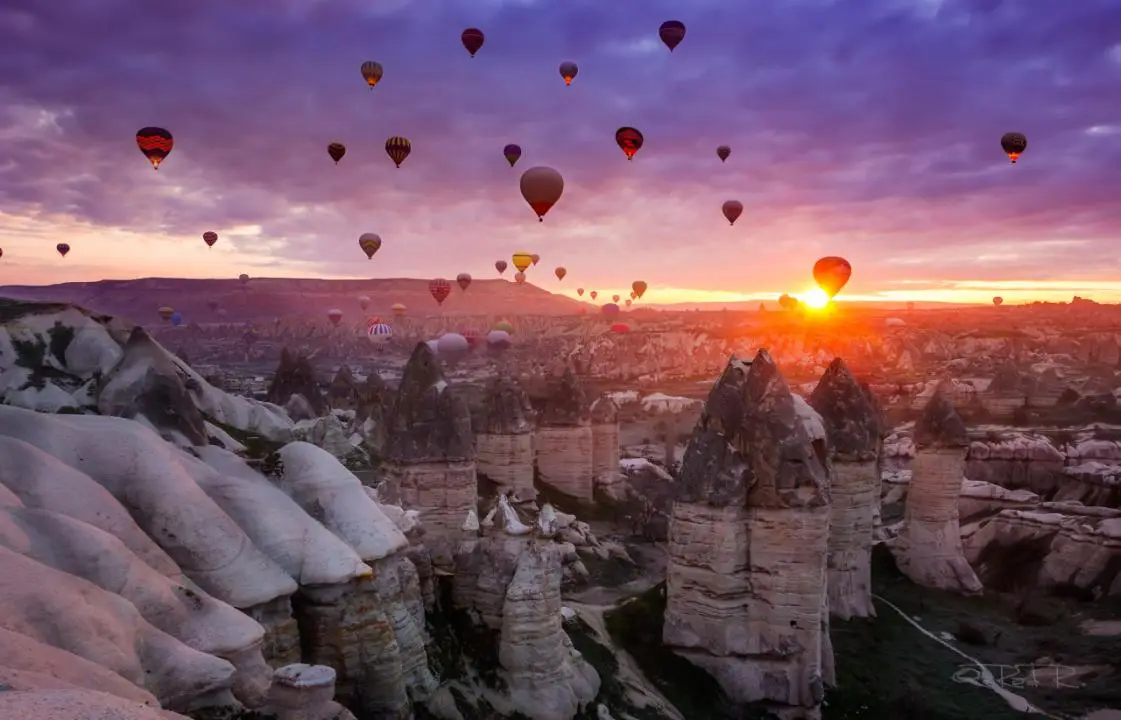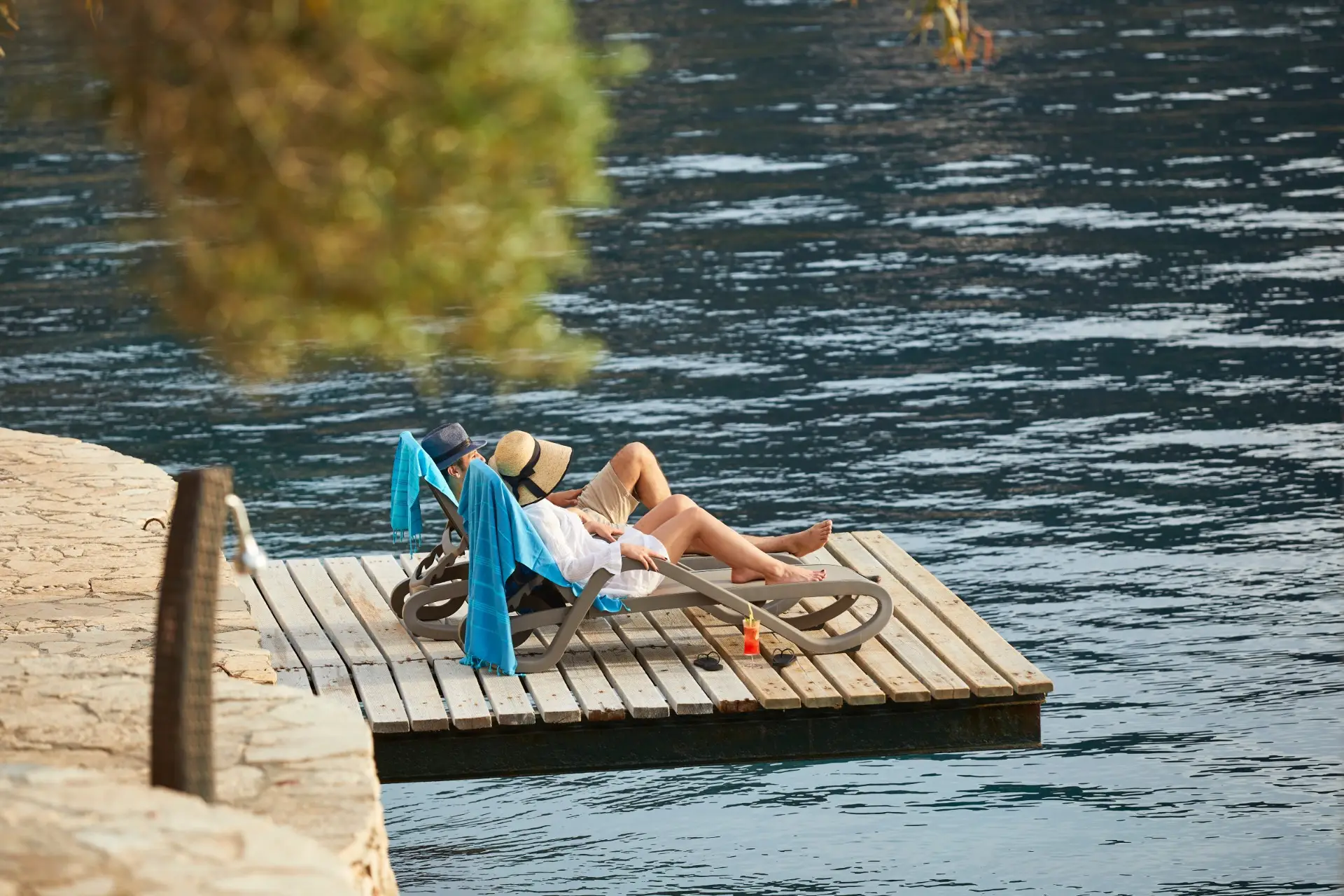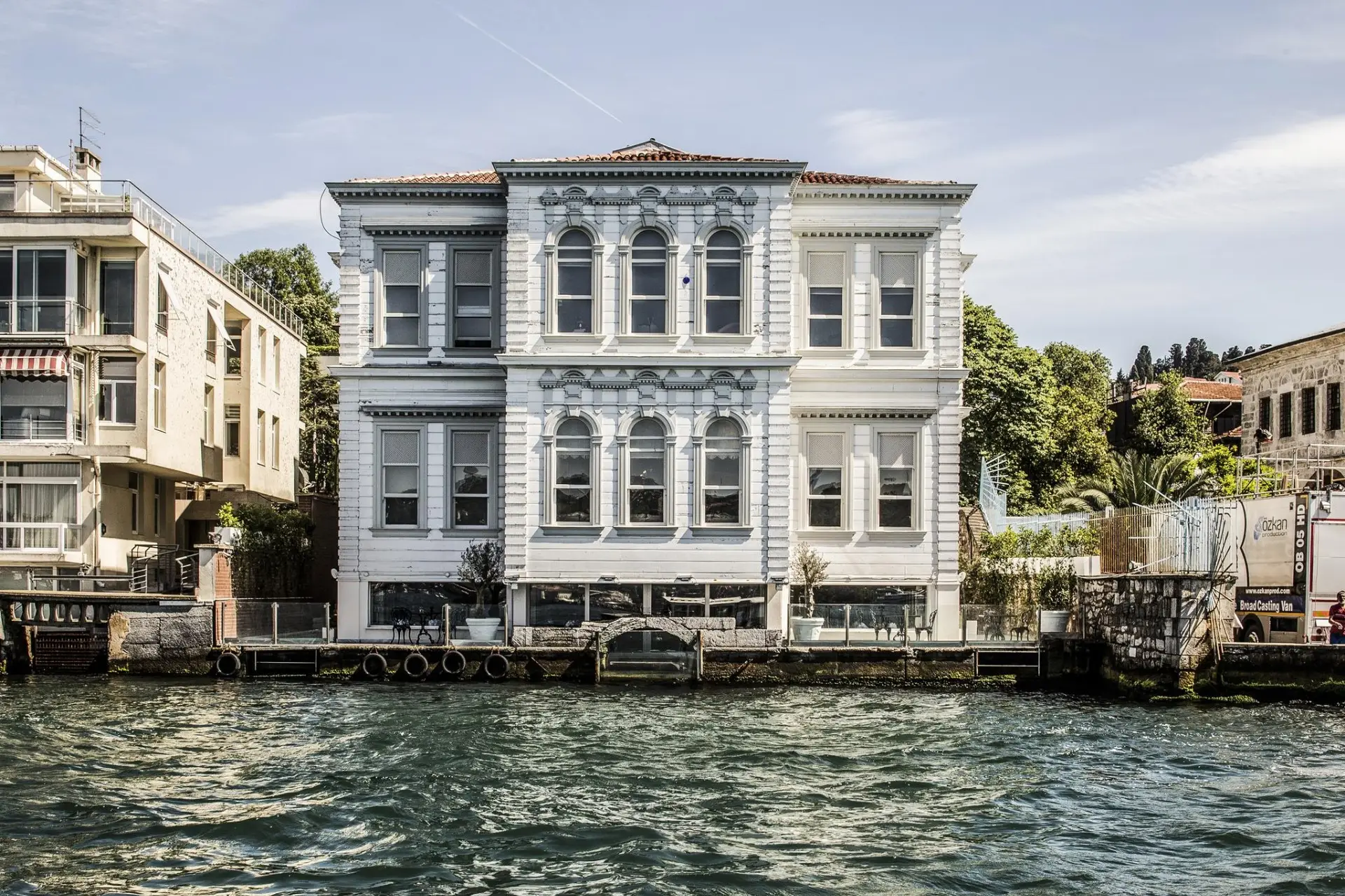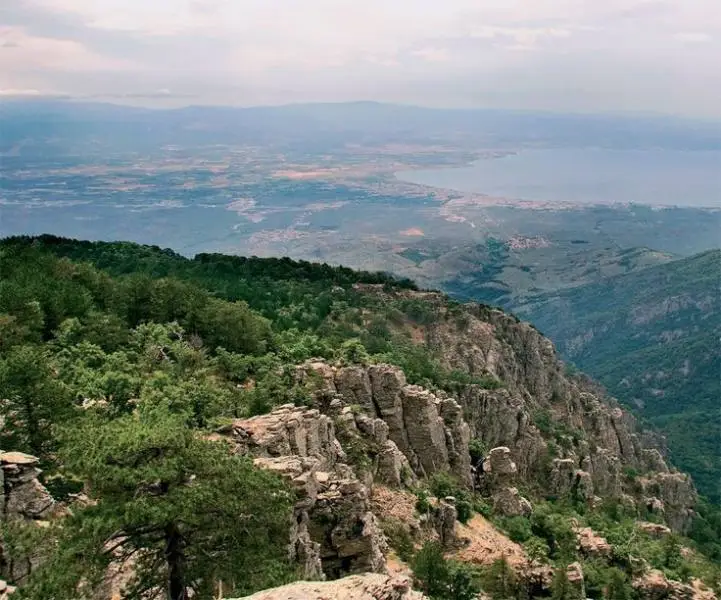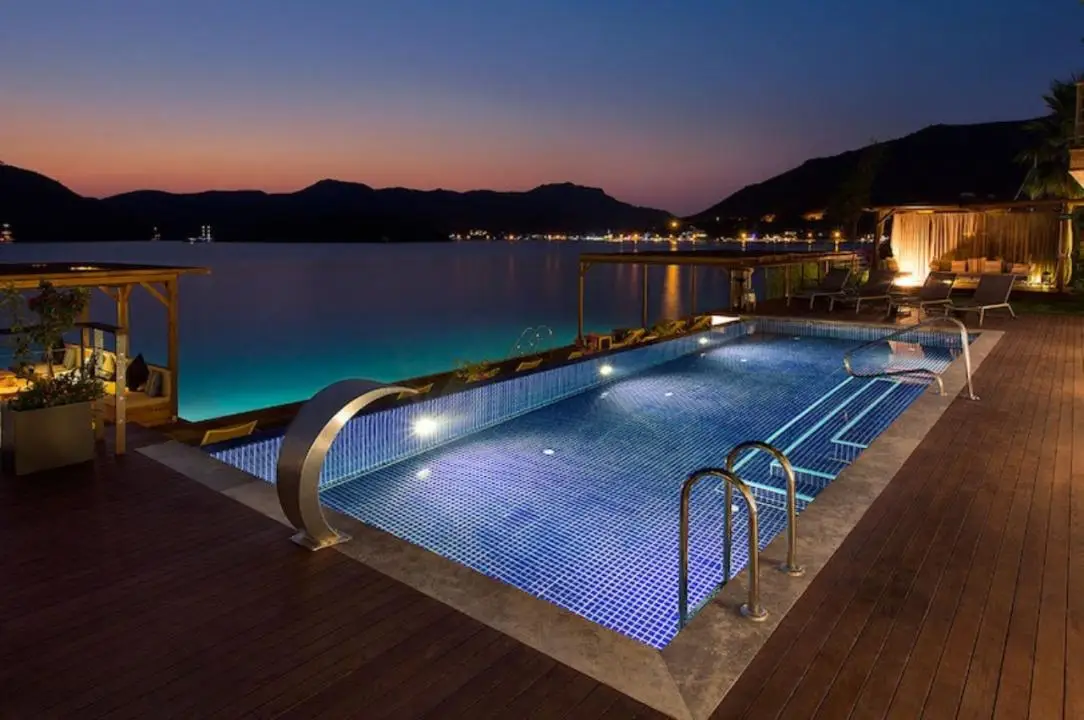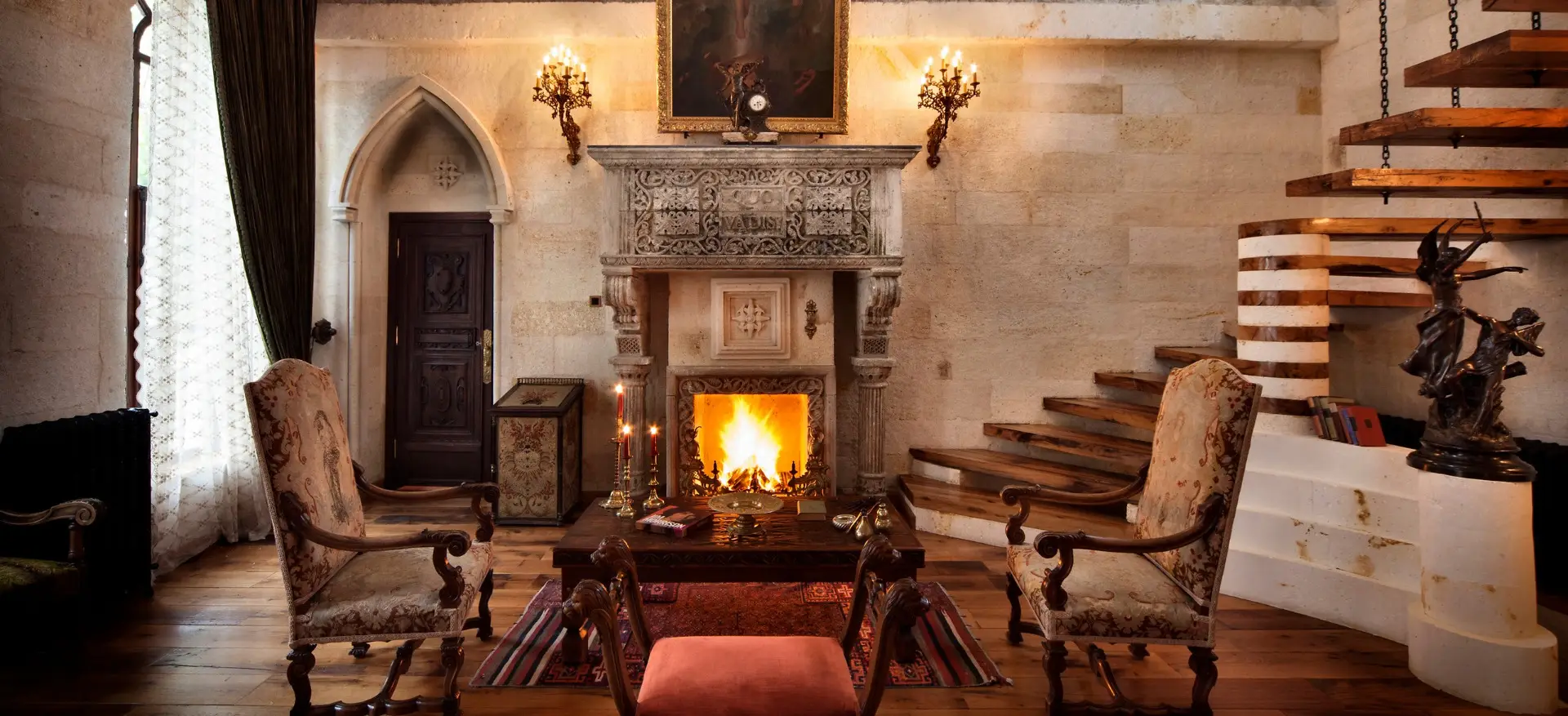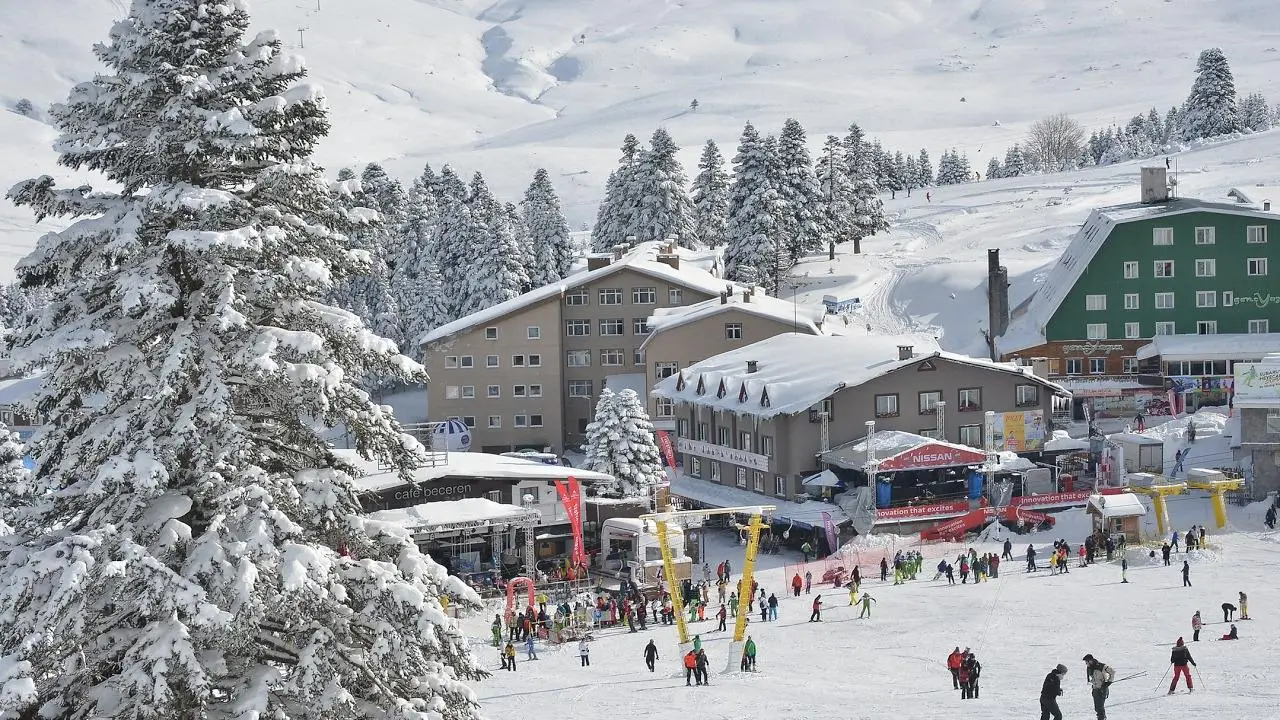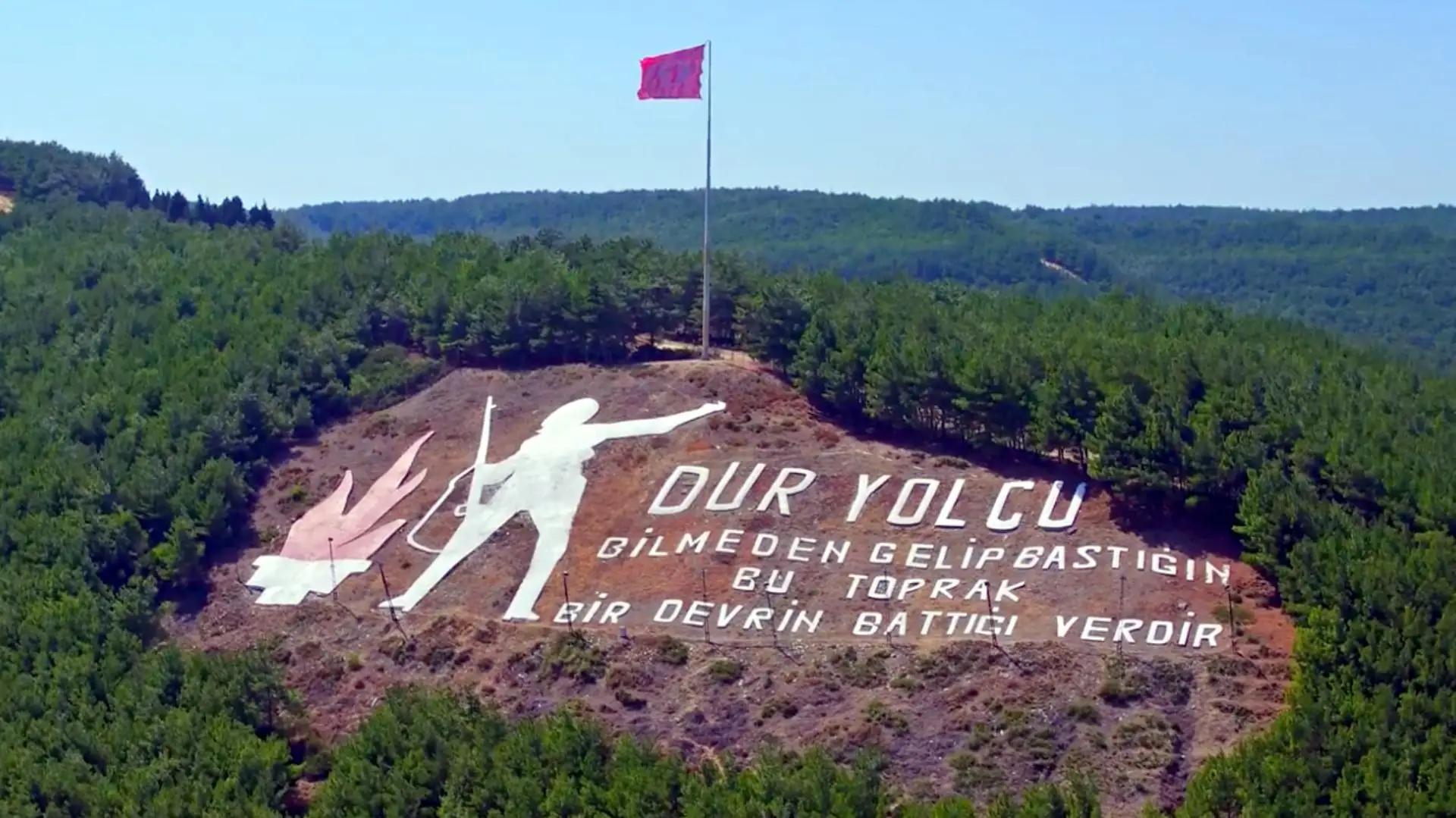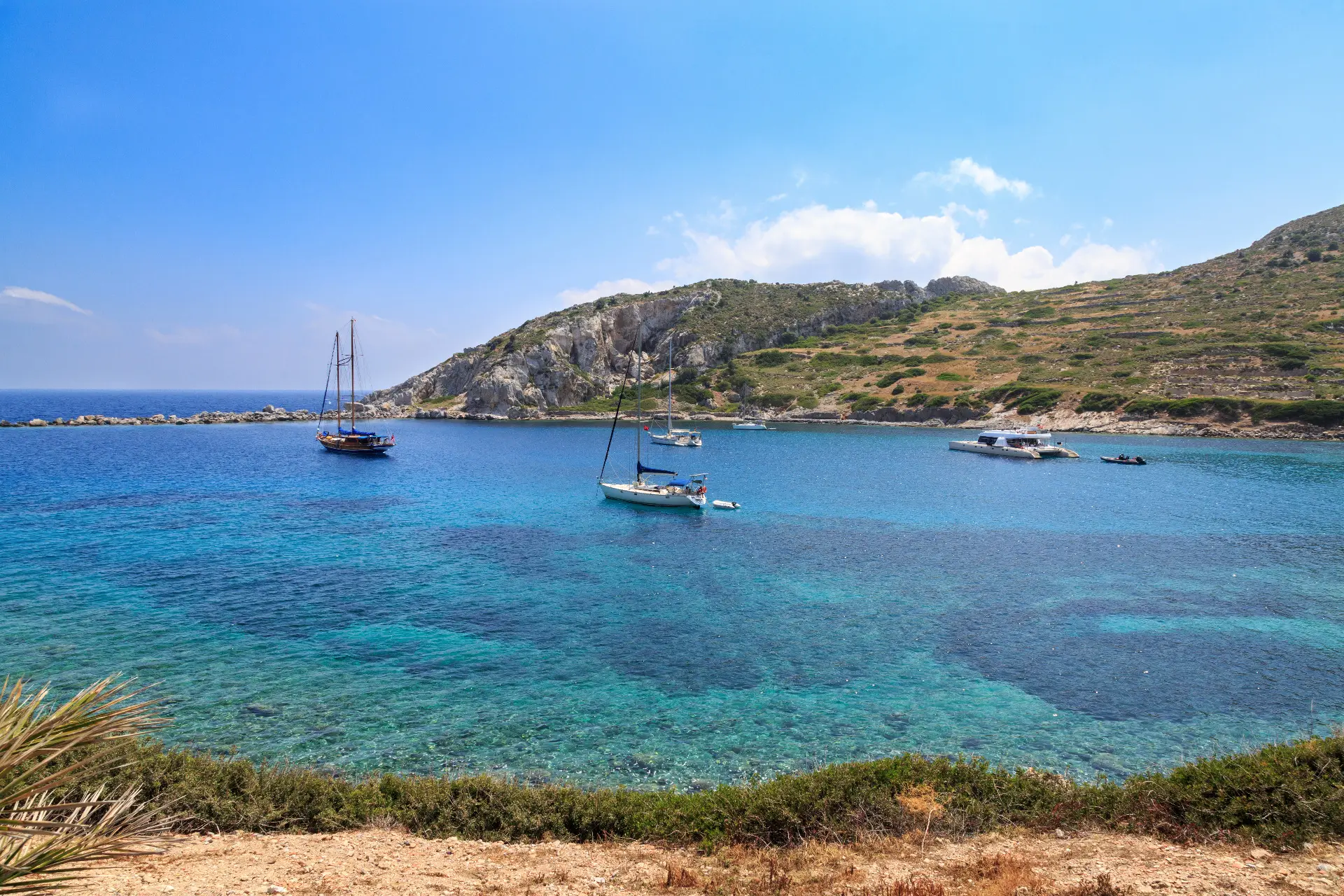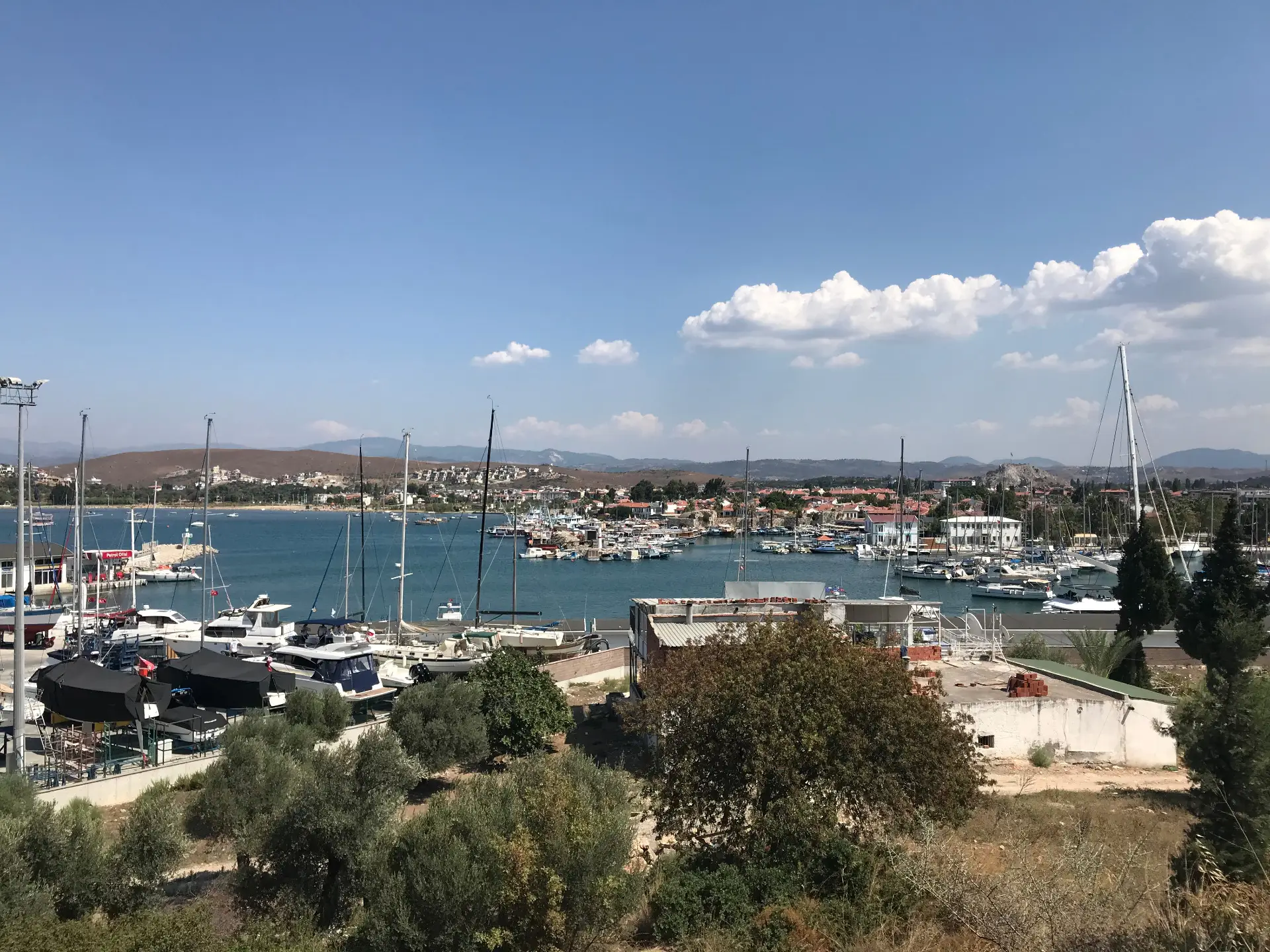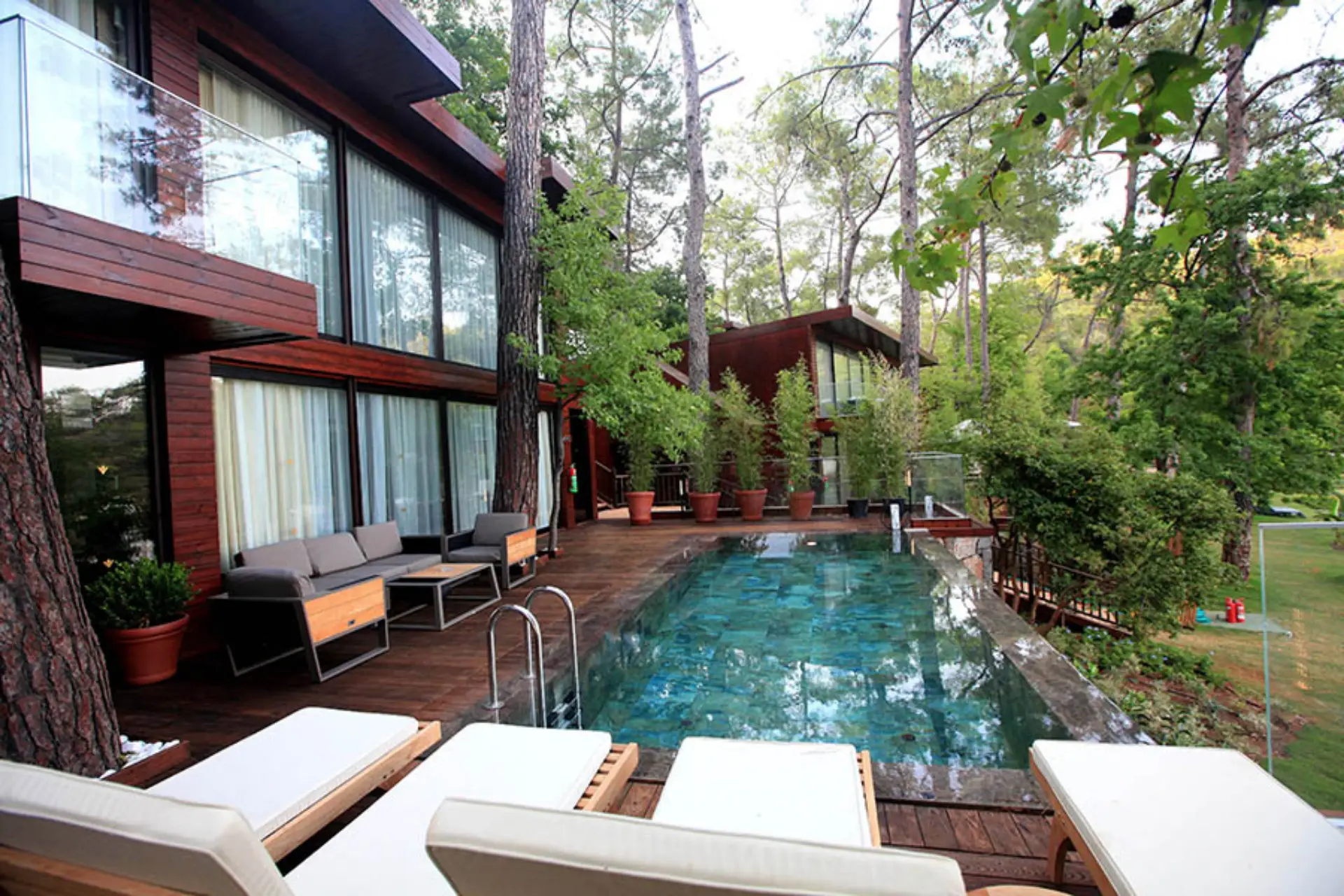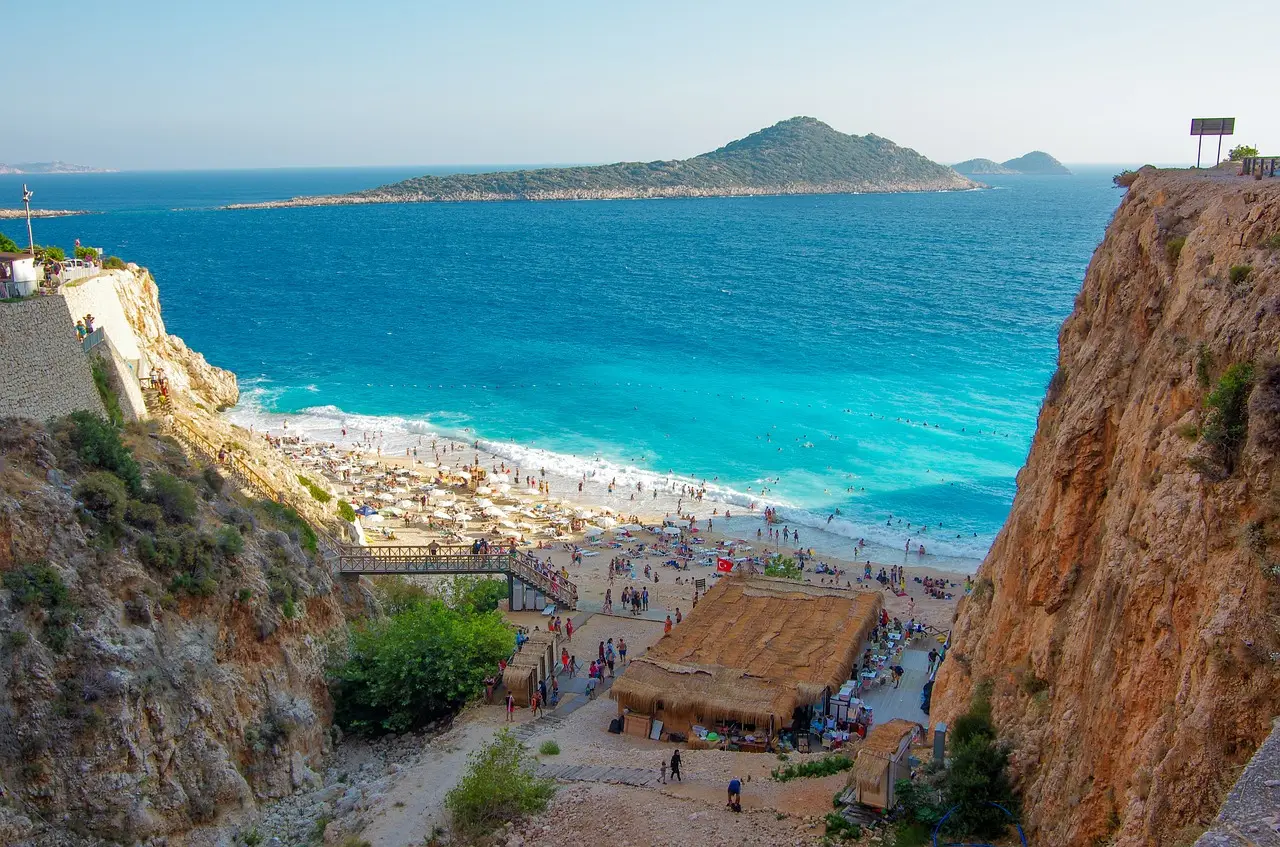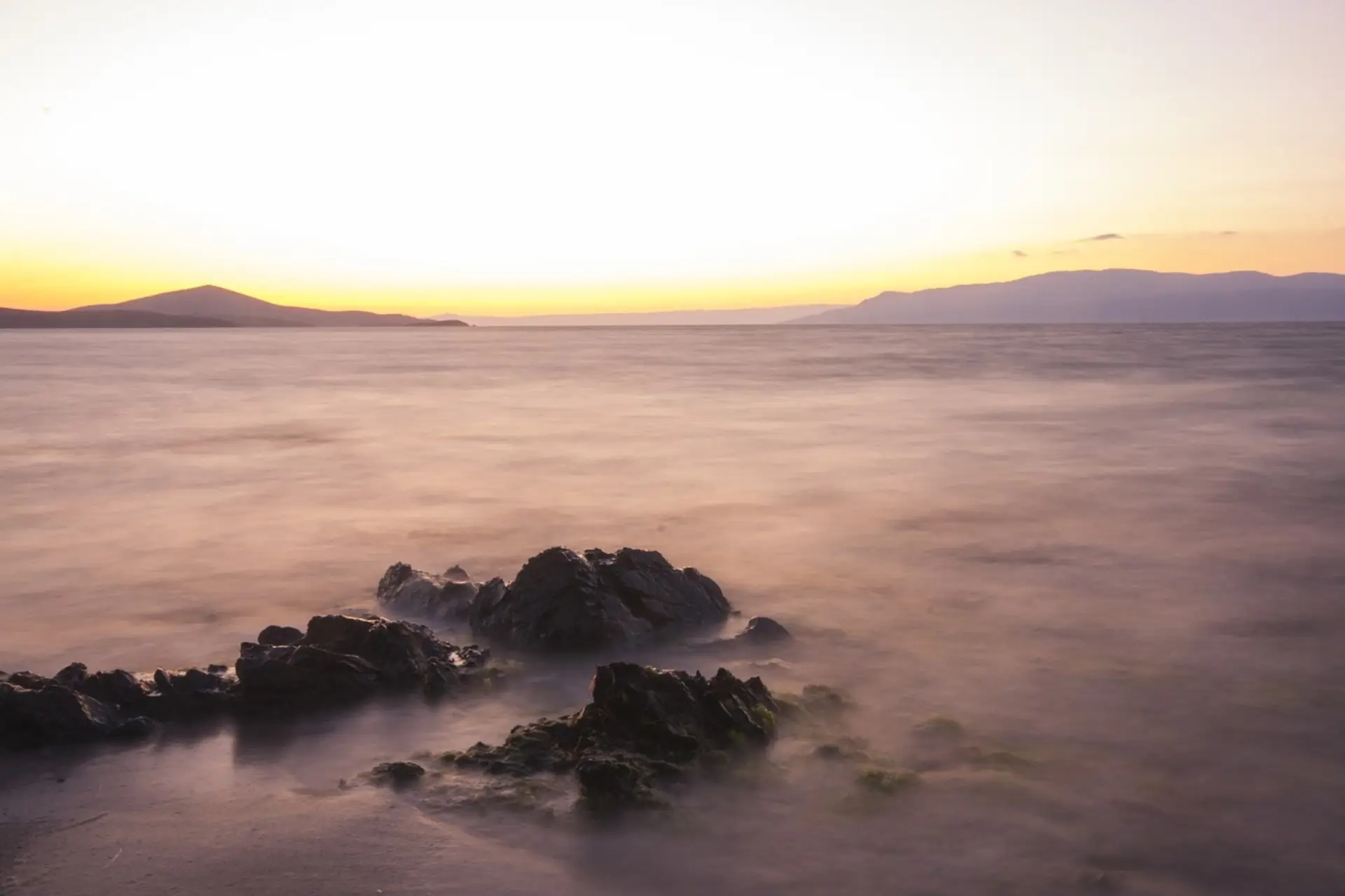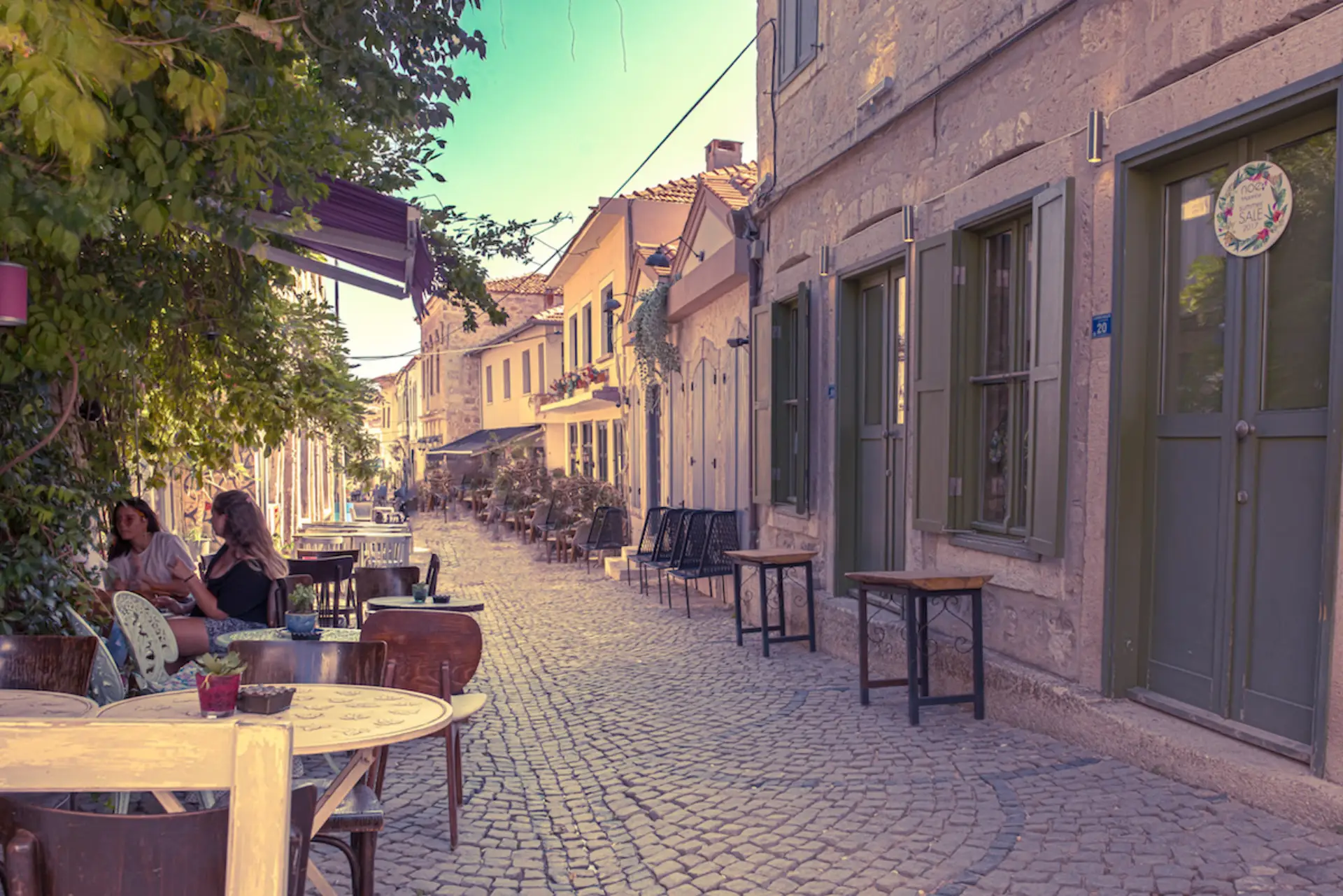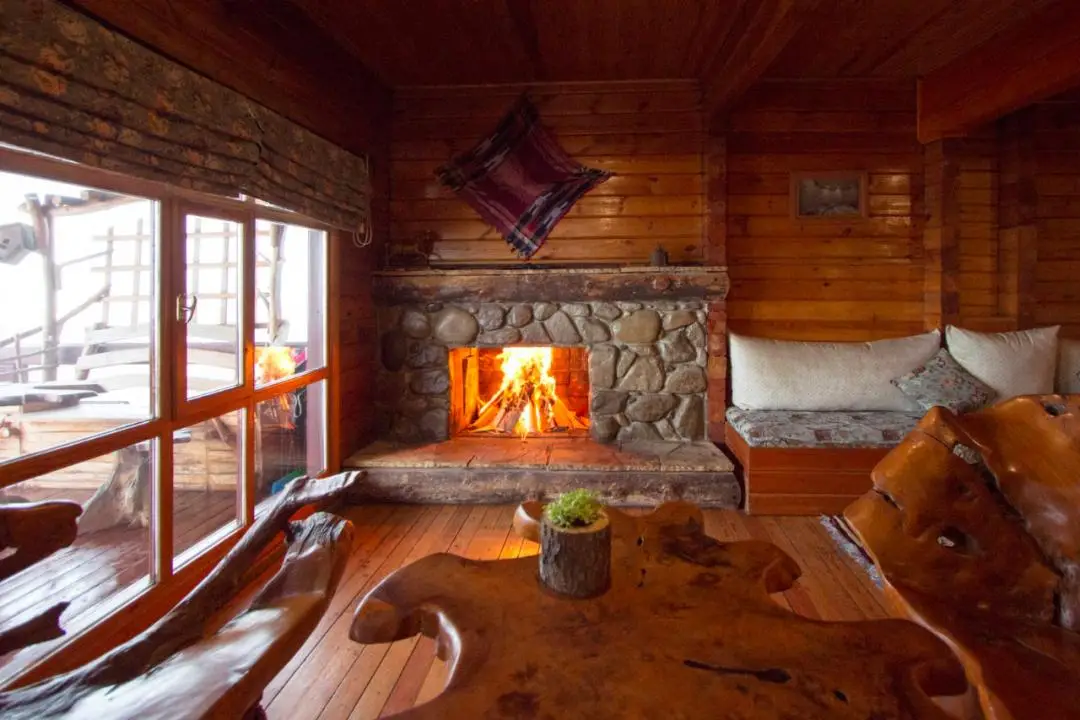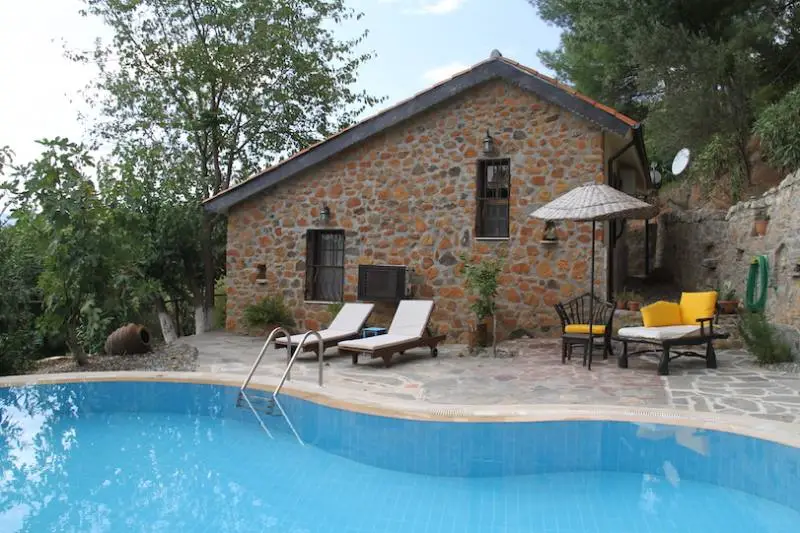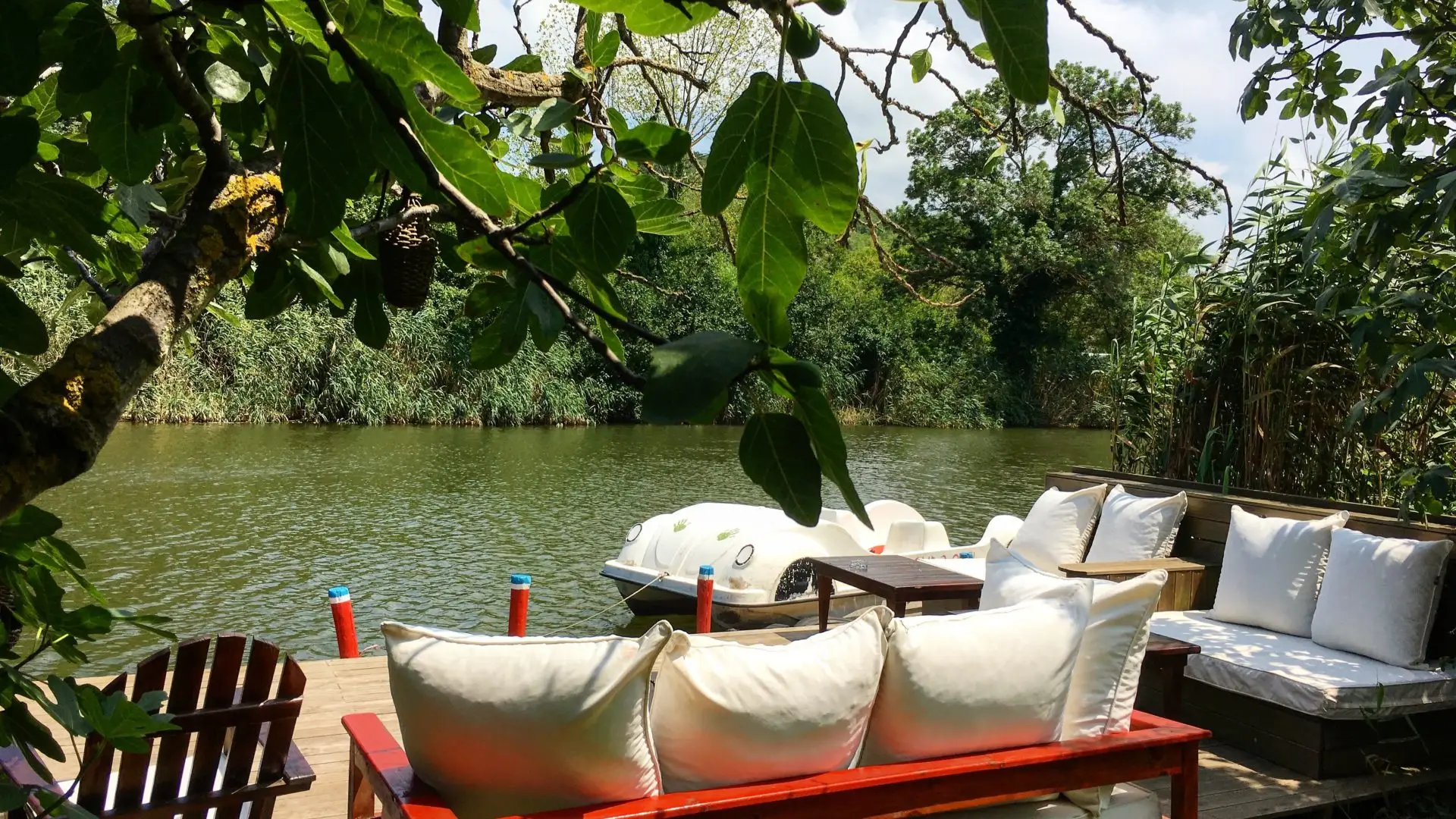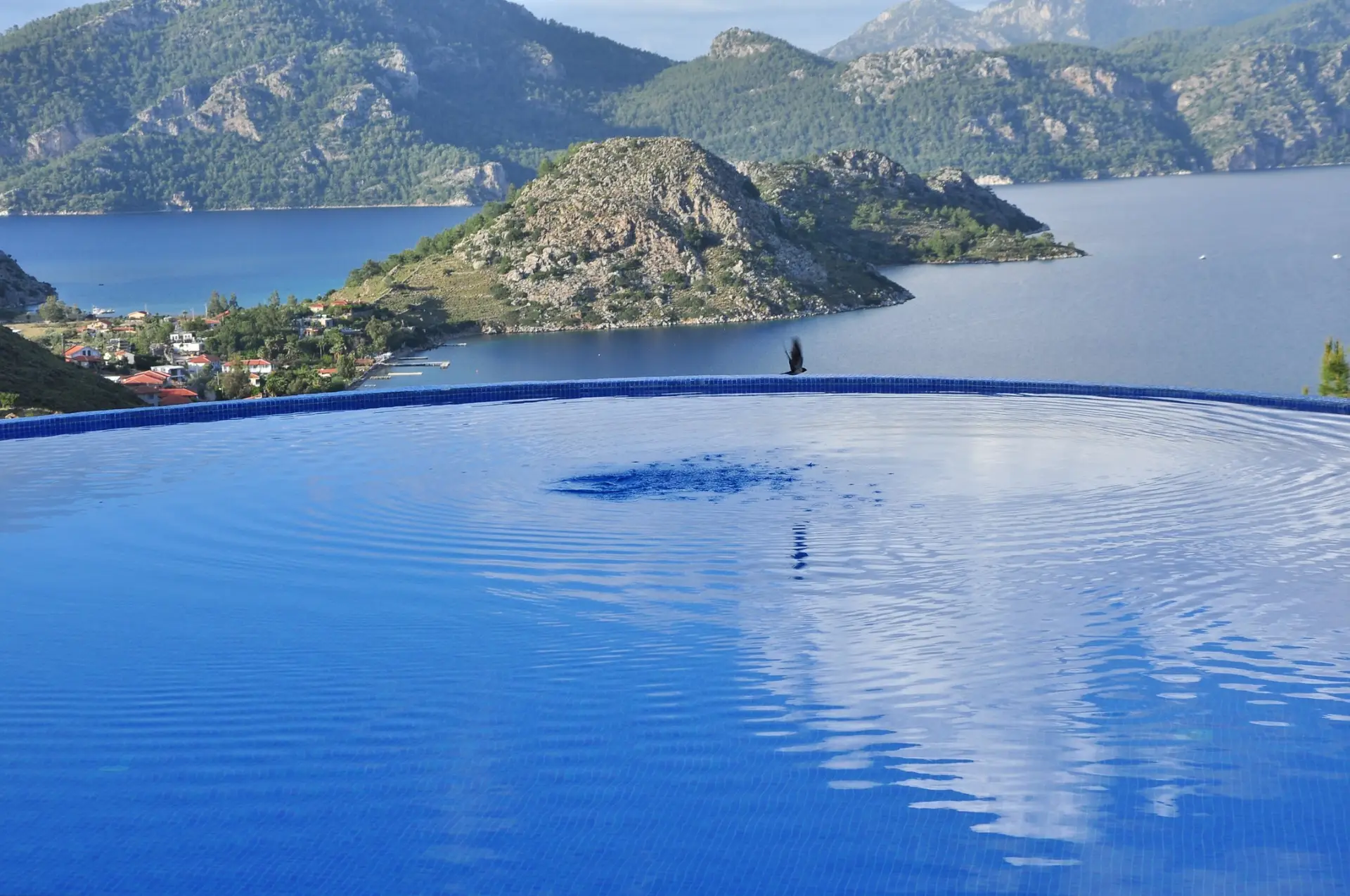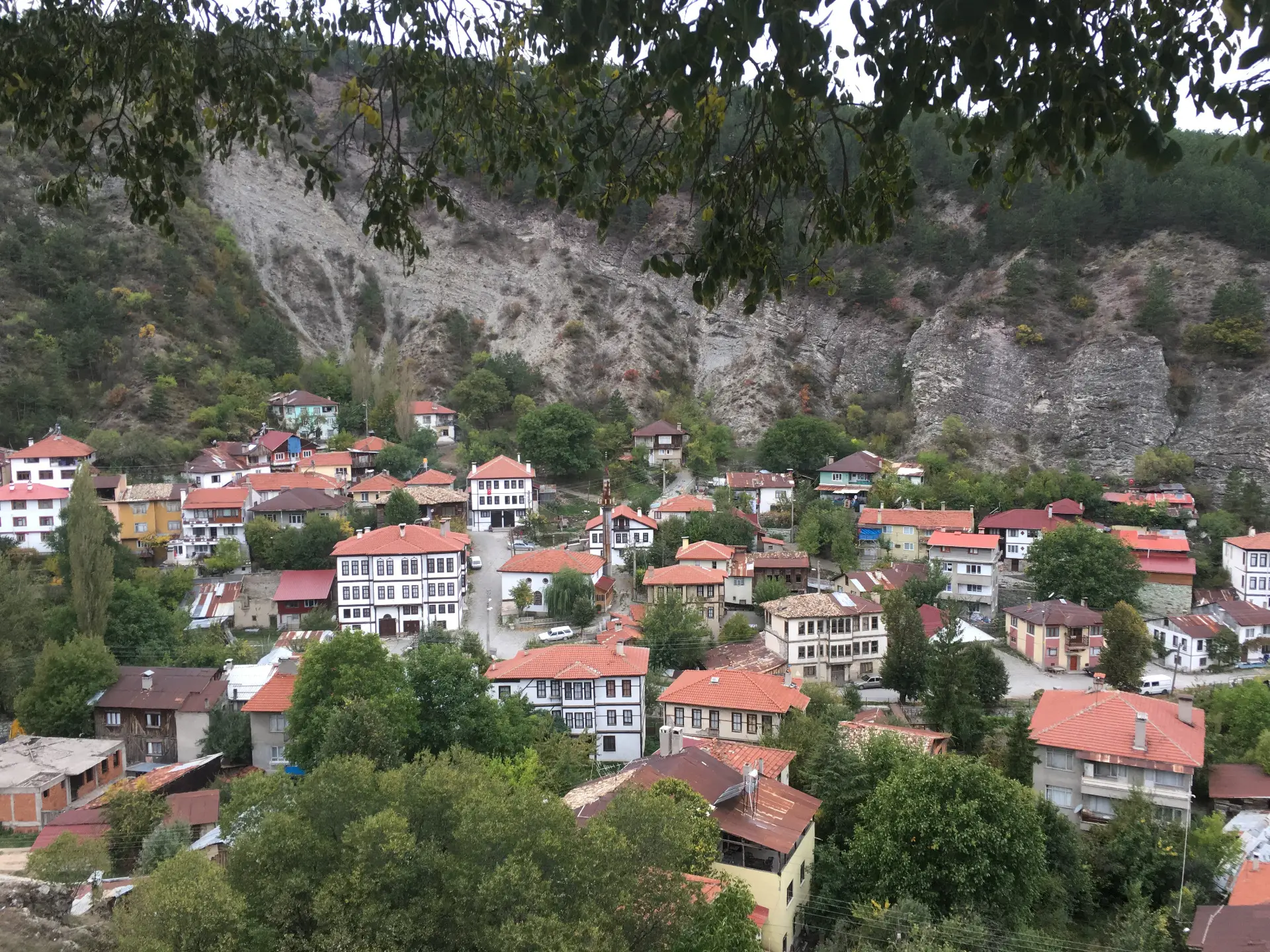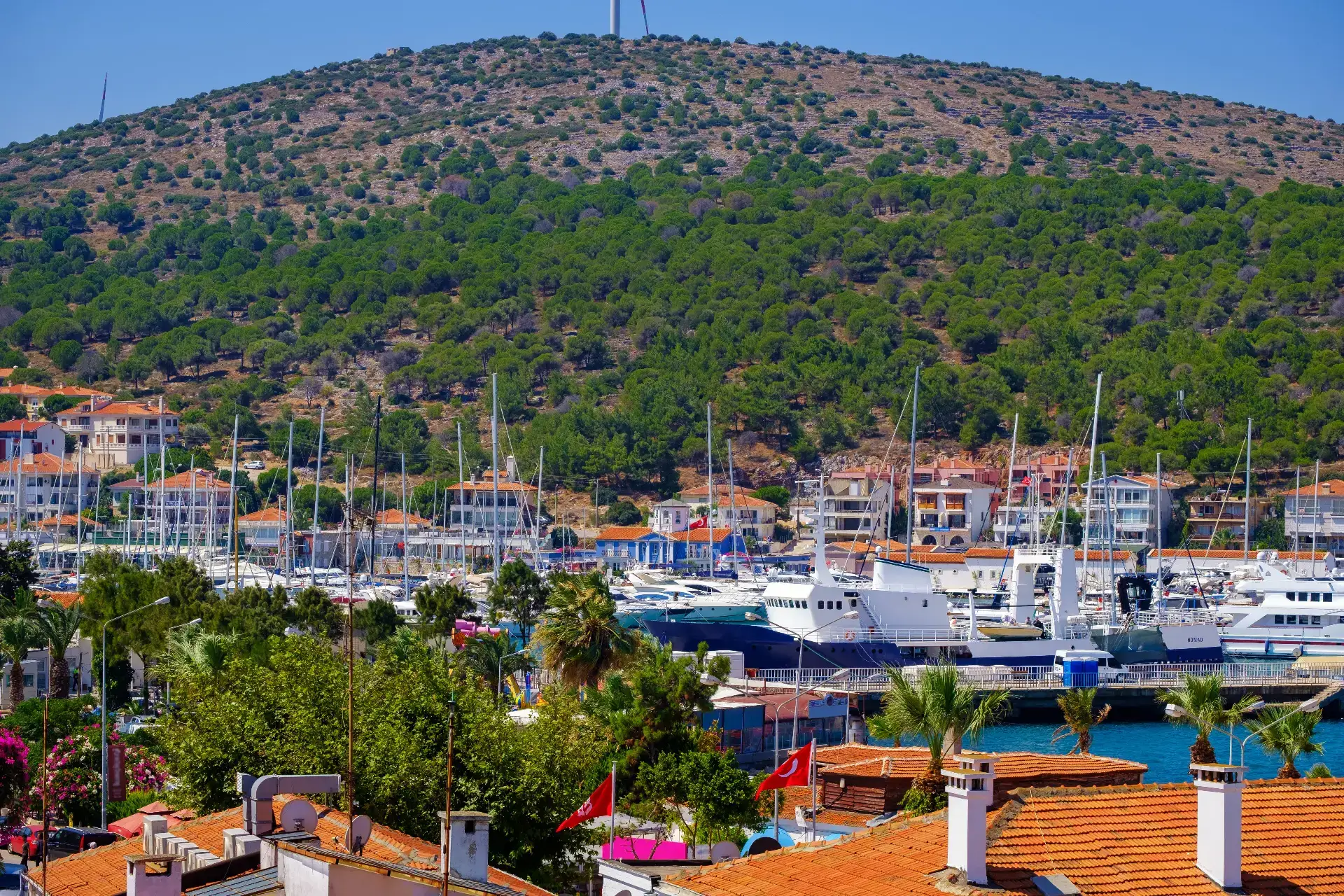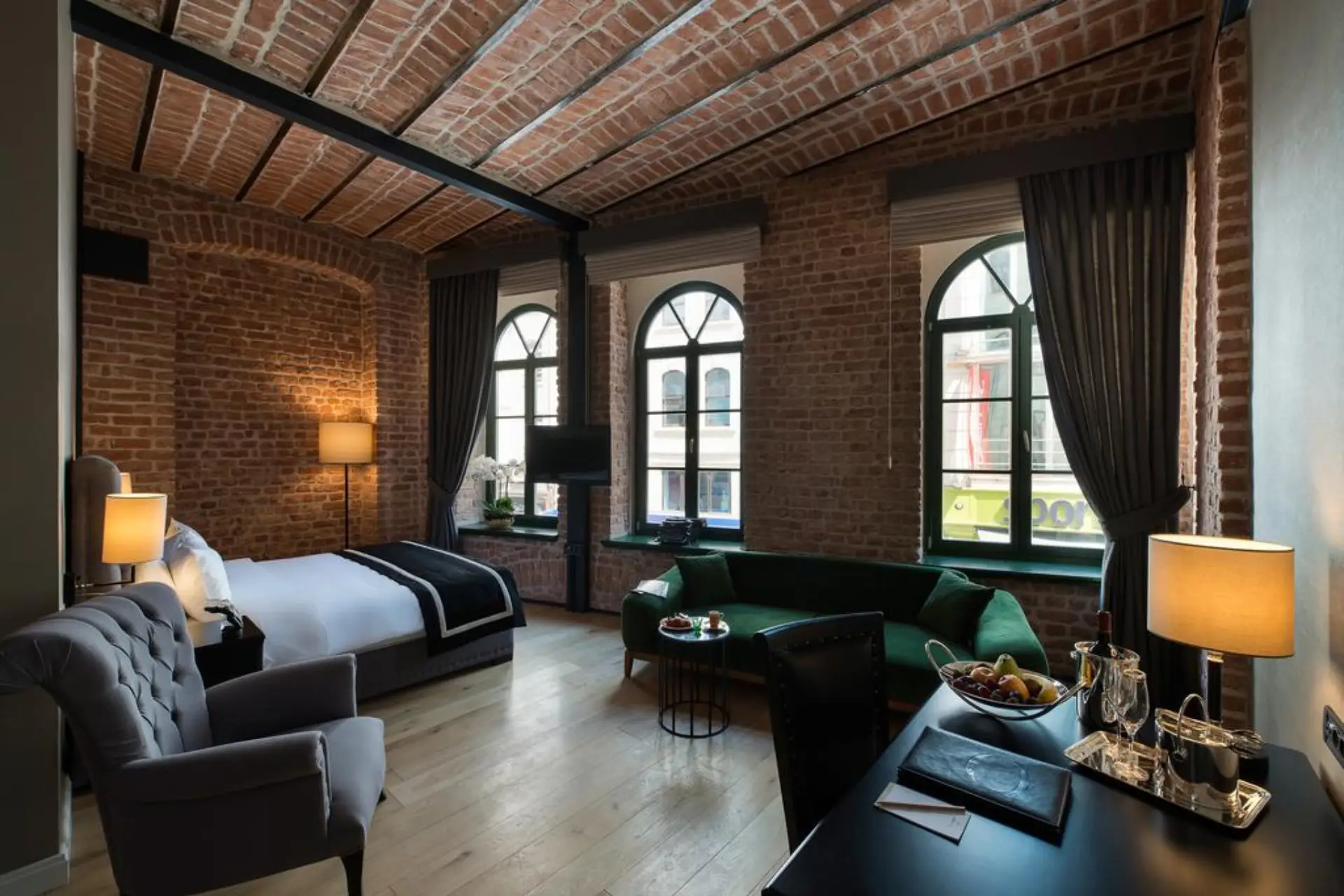Places to see ın Kavala, Greece
The Blue City, the Greek Monte Carlo, these are all names connected to the city I visited...
Unjustly overshadowed by Thessaloniki, Kavala is truly a hidden gem of Northern Greece. It resembles a large horseshoe curving around the bay, hence the name.
It has a lot of history, a lot of natural beauty and people are more relaxed here than in Thessaloniki.
In Kavala all the walks start and end at the harbor near the sailing club where people sit to enjoy the local cuisine. In the evening all cars leave the area and the area around the harbor becomes a large pedestrian zone.
For accommodation you can visit the link https://thesmallhotels.com/kavala-hotels or booking.com.
One day is too short for Kavala but here is my list of places to visit:
My Road to Kavala:
1. Panagia
Kavala consists of two parts: Palia Poli (old town) and Nea Poly (new town).
There used to be only Panagia, but during the Turkish rule, the inhabitants of the area started building the other side of the walls.
Today, the majority of the inhabitants live in the new part of town, but the soul of the city is still in the old part, with small streets and houses under Castro Castle.
2. Castro Castle
At the top of Panagia is Castro Castle.
This Byzantine fortification was built in the first half of the 15th century. It has a spectacular 360-degree view of the city.
3. Aqueduct Kamares
Aqueduct Kamares is Kavala's trademark.
Originally used to carry water from the nearby fortifications using the slope, it was given its current appearance by the Turks in the 16th century and is still impressive 500 years later. It has 60 arches, you must see it.
4. Tobacco museum
Kavala was once the main center where tobacco was distributed all over the world. In 1913, there were 50 tobacco companies and 160 tobacco warehouses in Kavala. Thousands of Christians, Muslims and Jews were employed in the tobacco industry.
Tobacco generated huge profits for entrepreneurs, so their houses in Kavala were distributed in a neoclassical style, according to the principle "the bigger the better", testifying to the wealth of the owner. Tobacco merchants were so rich that they used to light their wives' cigarettes with real money!
5. Imaret
This fascinating structure is an outstanding example of Ottoman architecture, built by Muhammad Ali, a Turkish commander, in 1817 as a gift to his homeland. The building also served as a school where Islam was taught.
Designed as a center for the spiritual life of Muslims, it was later converted into a refuge for refugees and today it is a hotel. This hotel is also where we stayed. I recommend it.
6. Halil Bej Mosque
Built on the foundations of St. Peter's Holy Orthodox Church, visible through the glass floor, the building testifies to the changes that have taken place here.
7. Mohammad Ali house
This house is actually located on a square in the old town. The house also represents a great example of Ottoman architecture. The first part consists of the men's rooms, the pasha's private rooms and the guest rooms. The second part consists of the women's mahfile, the hammam and the hall.
In the square there is a monument to Ali Pasha, where the sword is symbolically sheathed, signifying his return home. In Egypt there is a similar statue with a drawn sword representing the march to victory.
In this square there is also the Church of the Virgin Mary, where we witnessed a wedding.
8. Church of St. Nicholas
A monument marking the place visited by the Apostle Paul, who came to preach Christianity at the invitation of the local people.
In earlier times there was a mosque here instead of a church.
9. Maritime Museum
The Gulf of Kavala is rich in fish and known for its experienced fishermen, as this museum shows us.
10. Briki coffee shop
If you can find a free spot, the last walk of the Panagia tour ends here... It has the most beautiful view of the city.
This is how I end my day in Kavala and retire to my hotel…
This article is just the tip of the iceberg. There is so much more to discover in and around Kavala. I will continue to talk about different places in my future articles.


